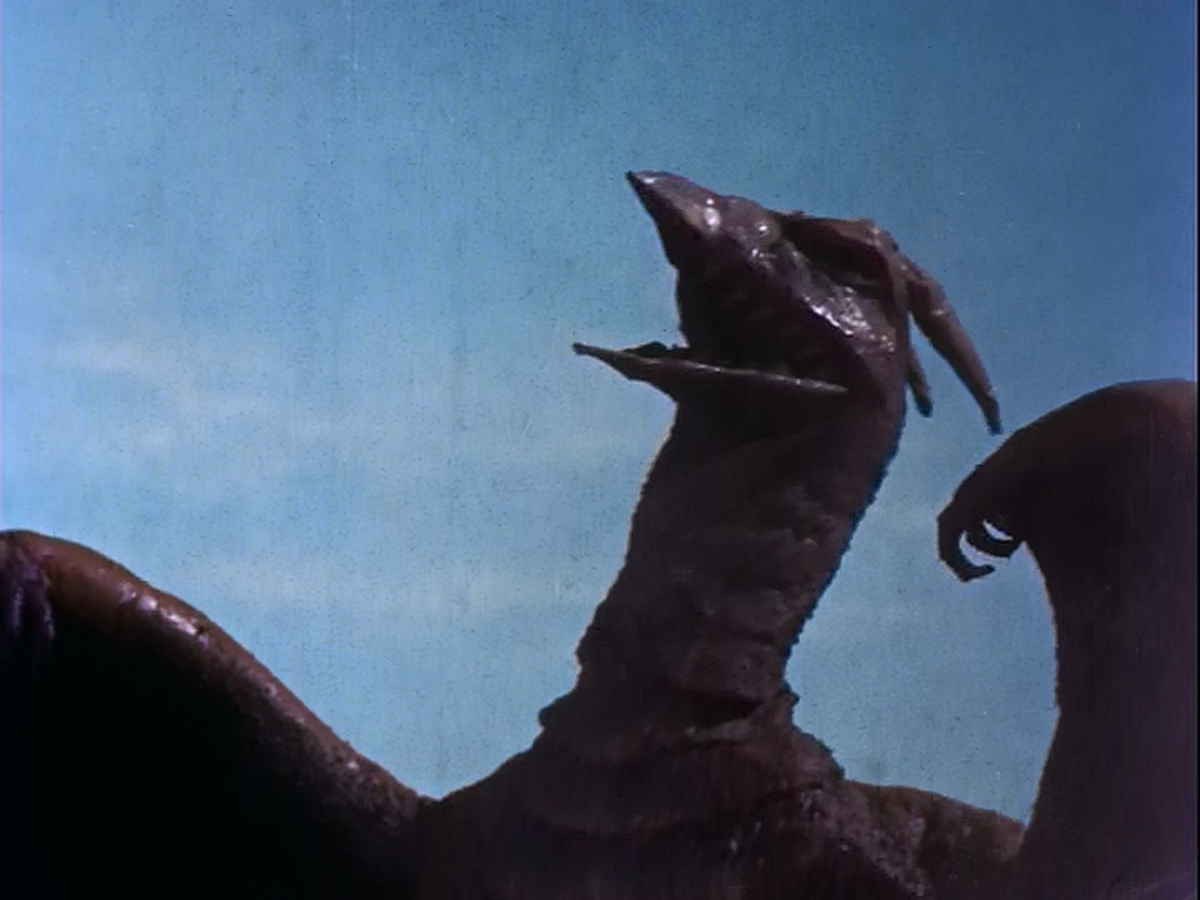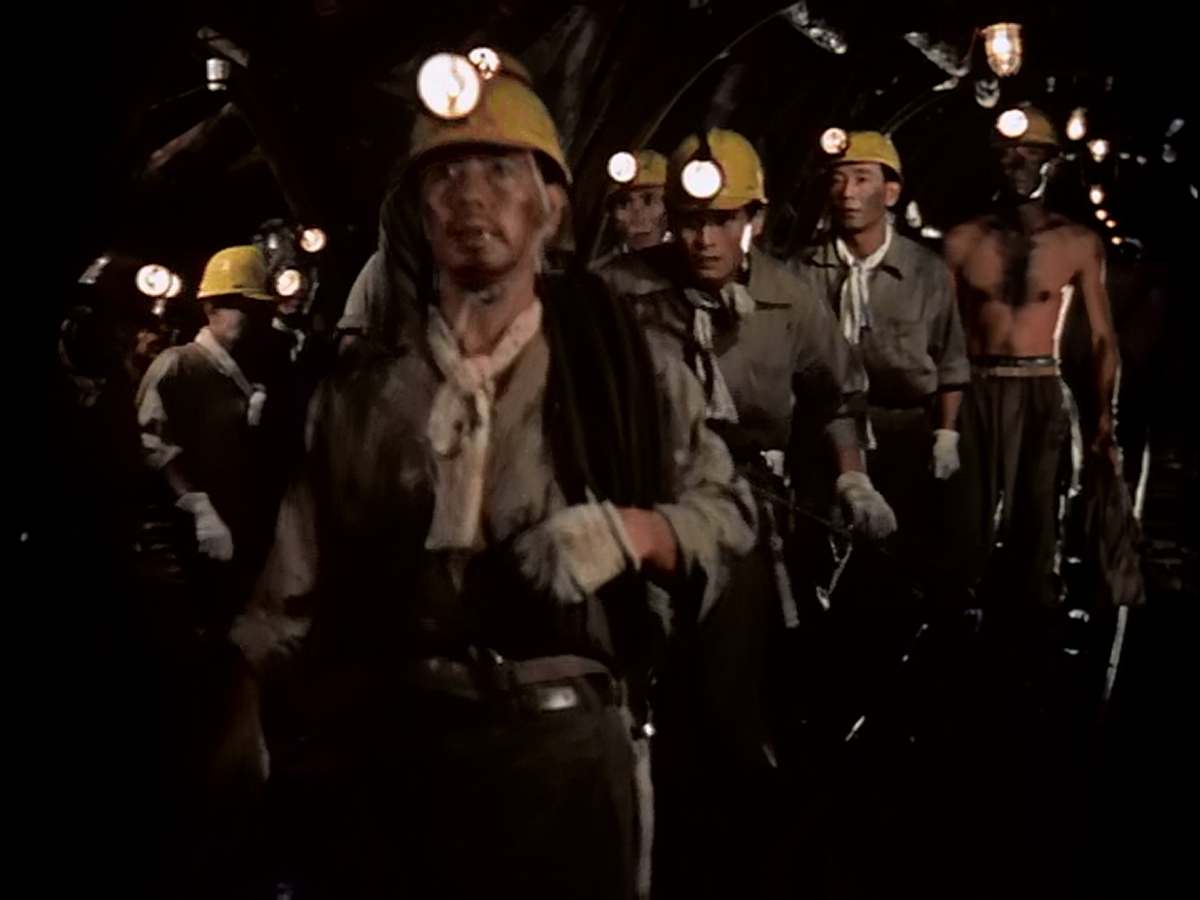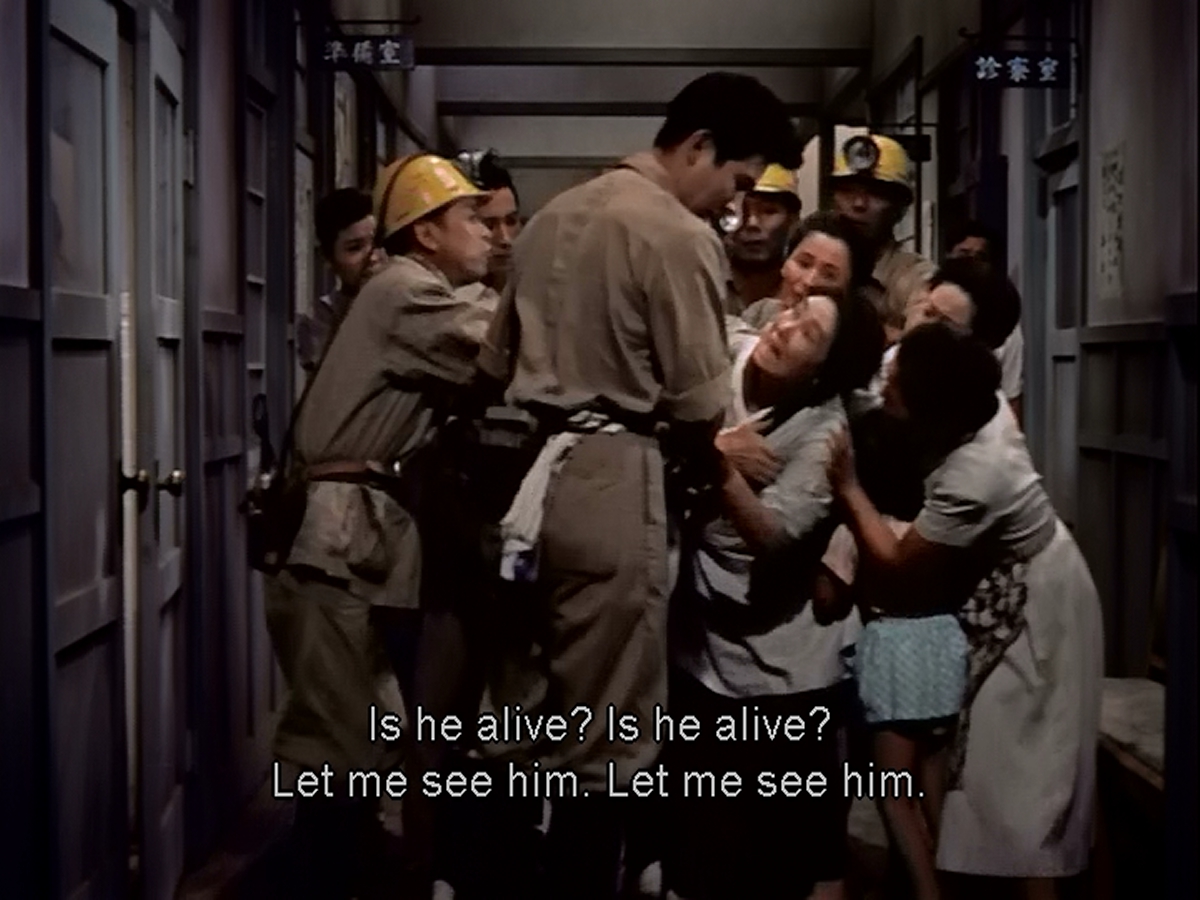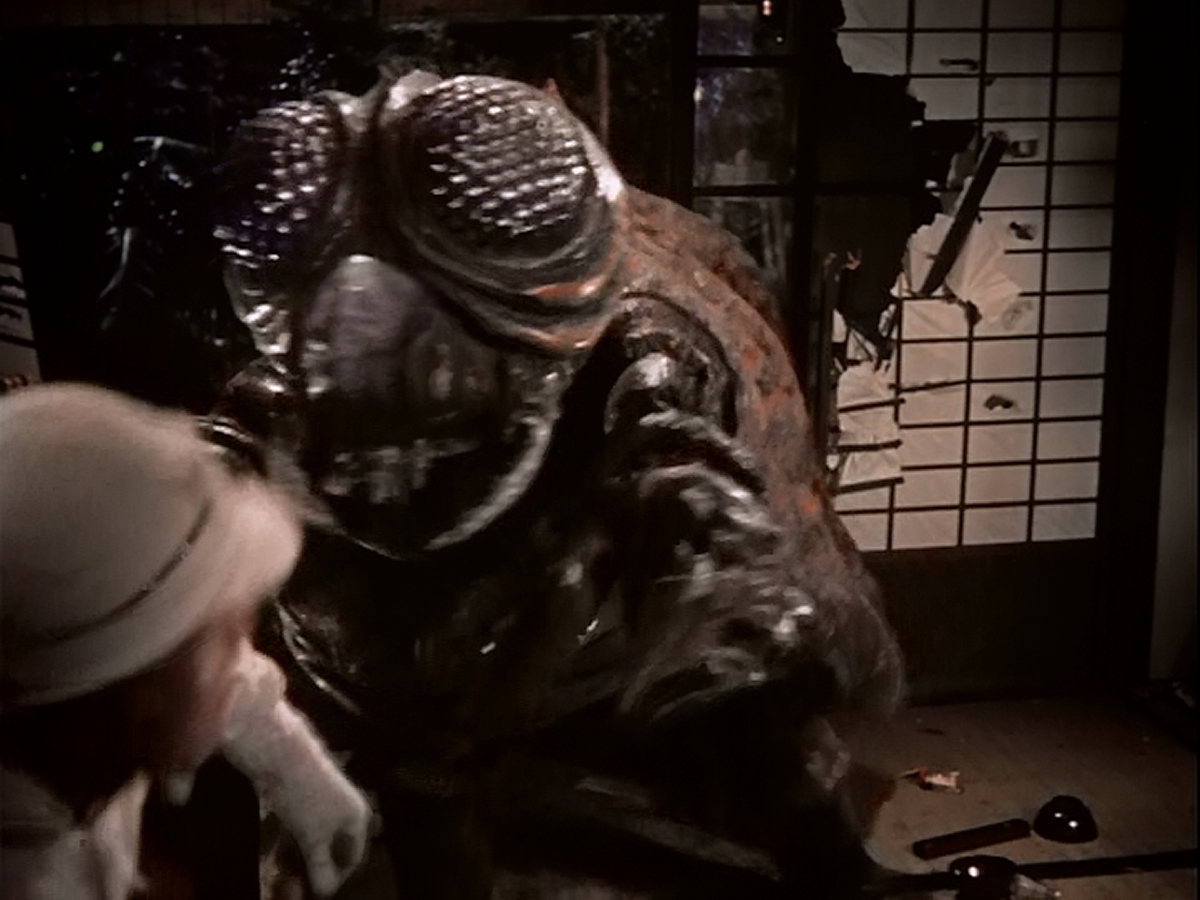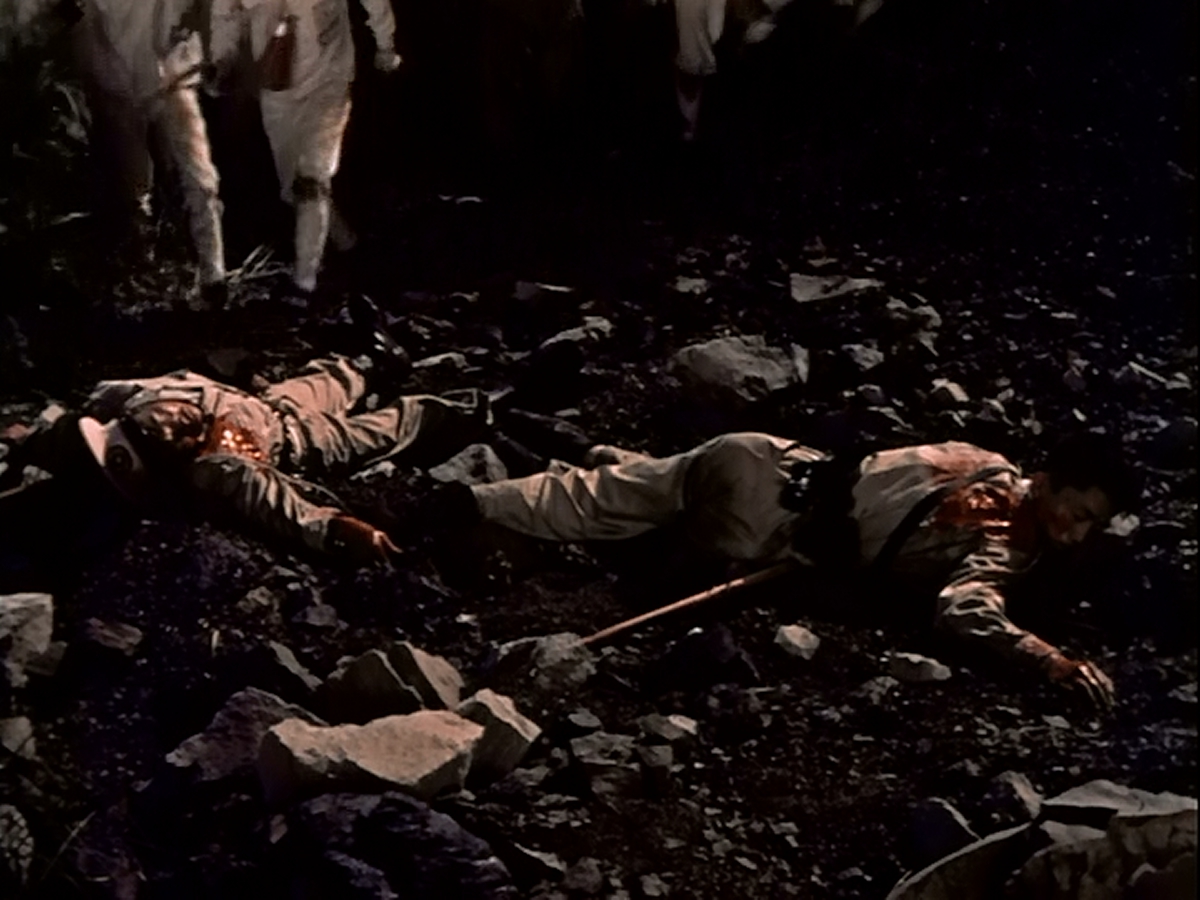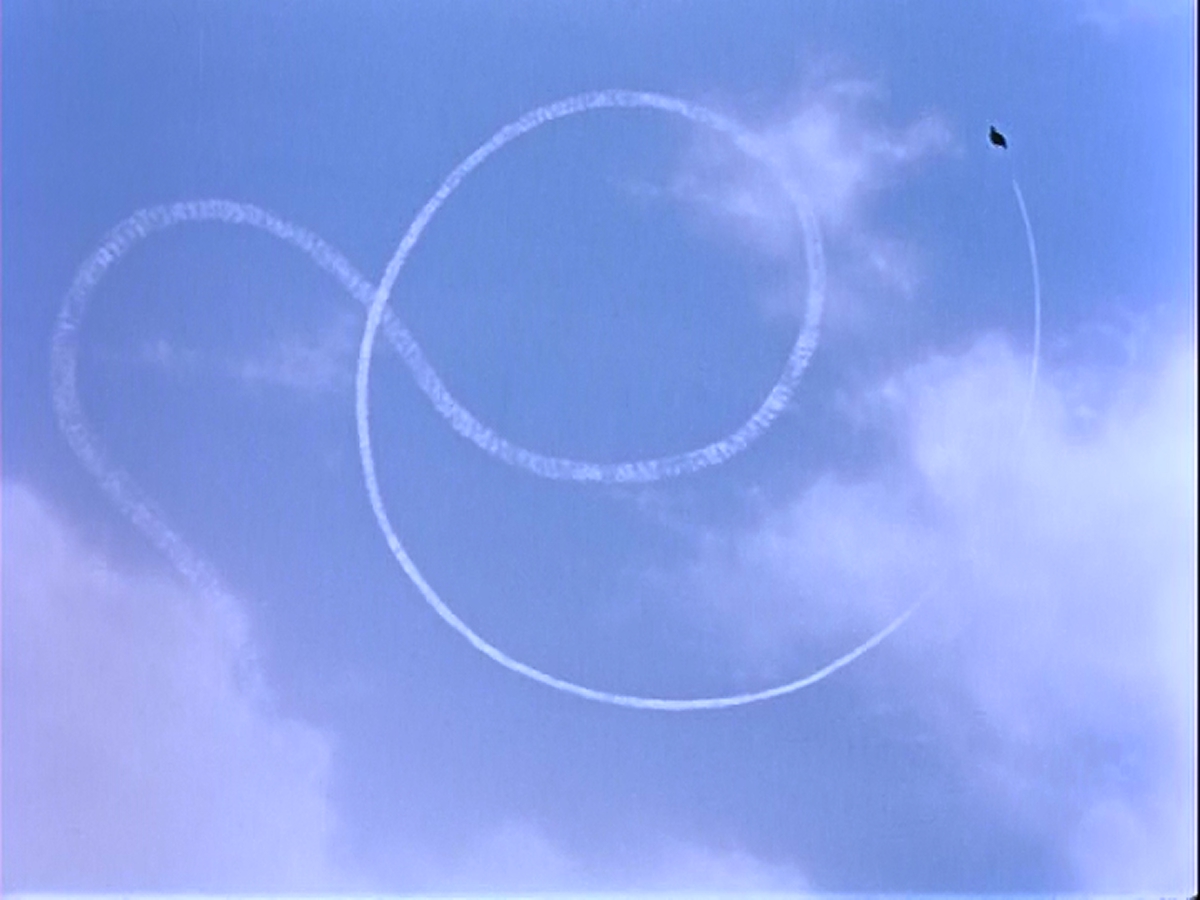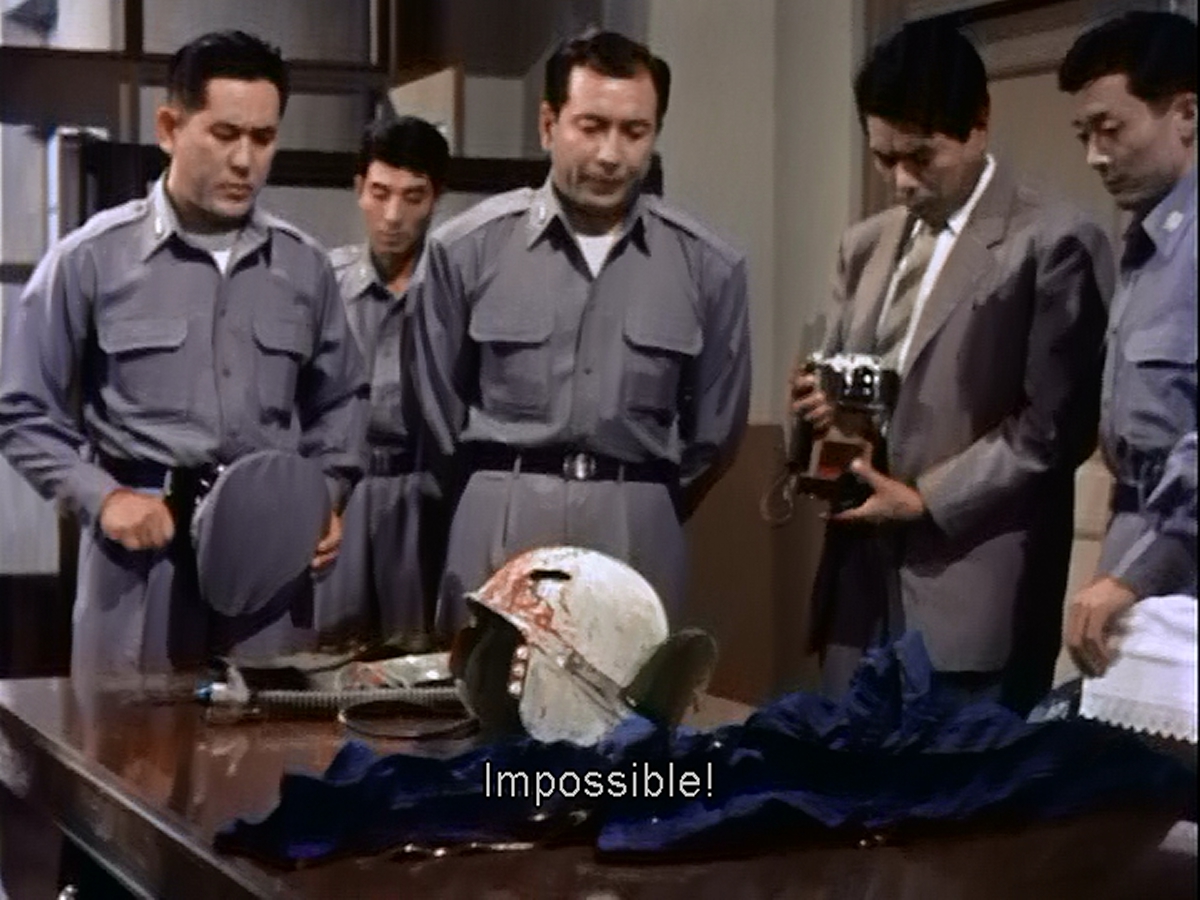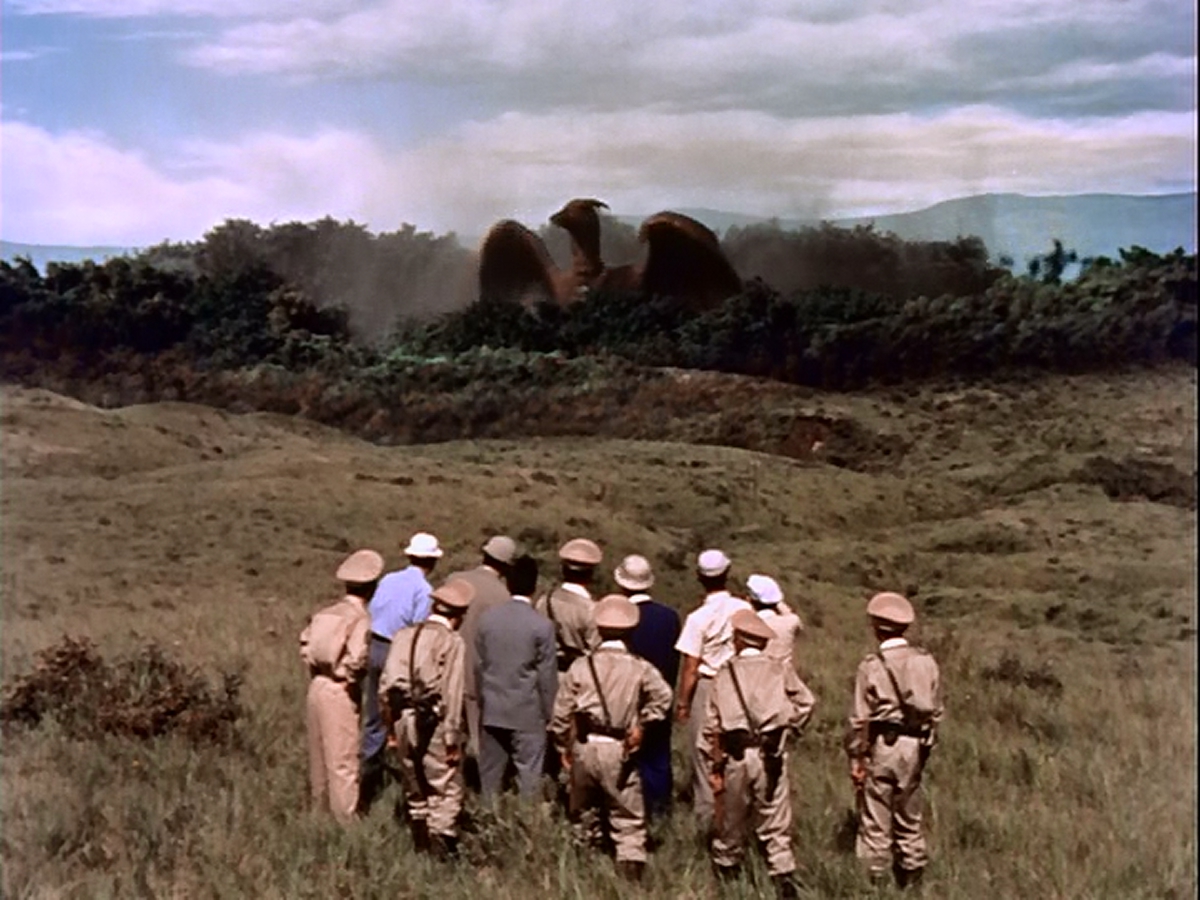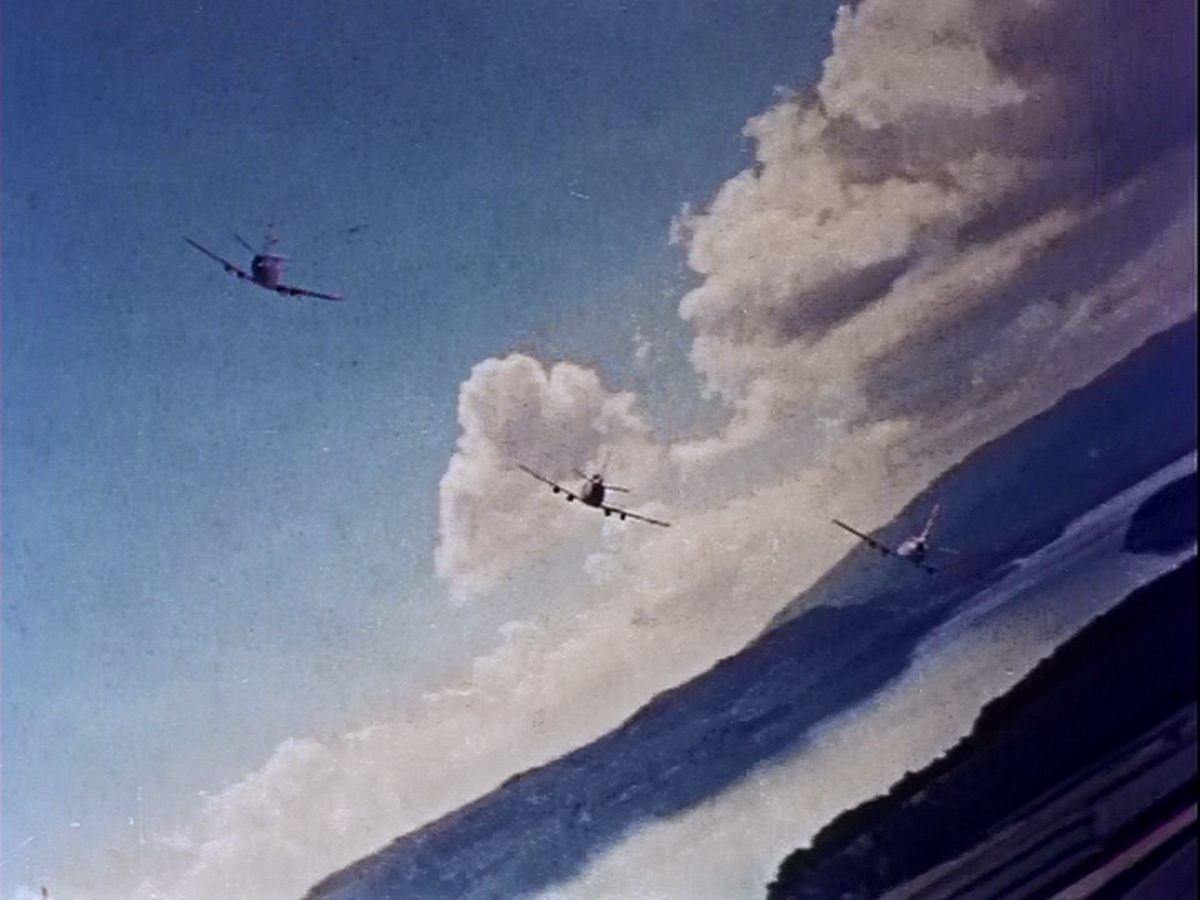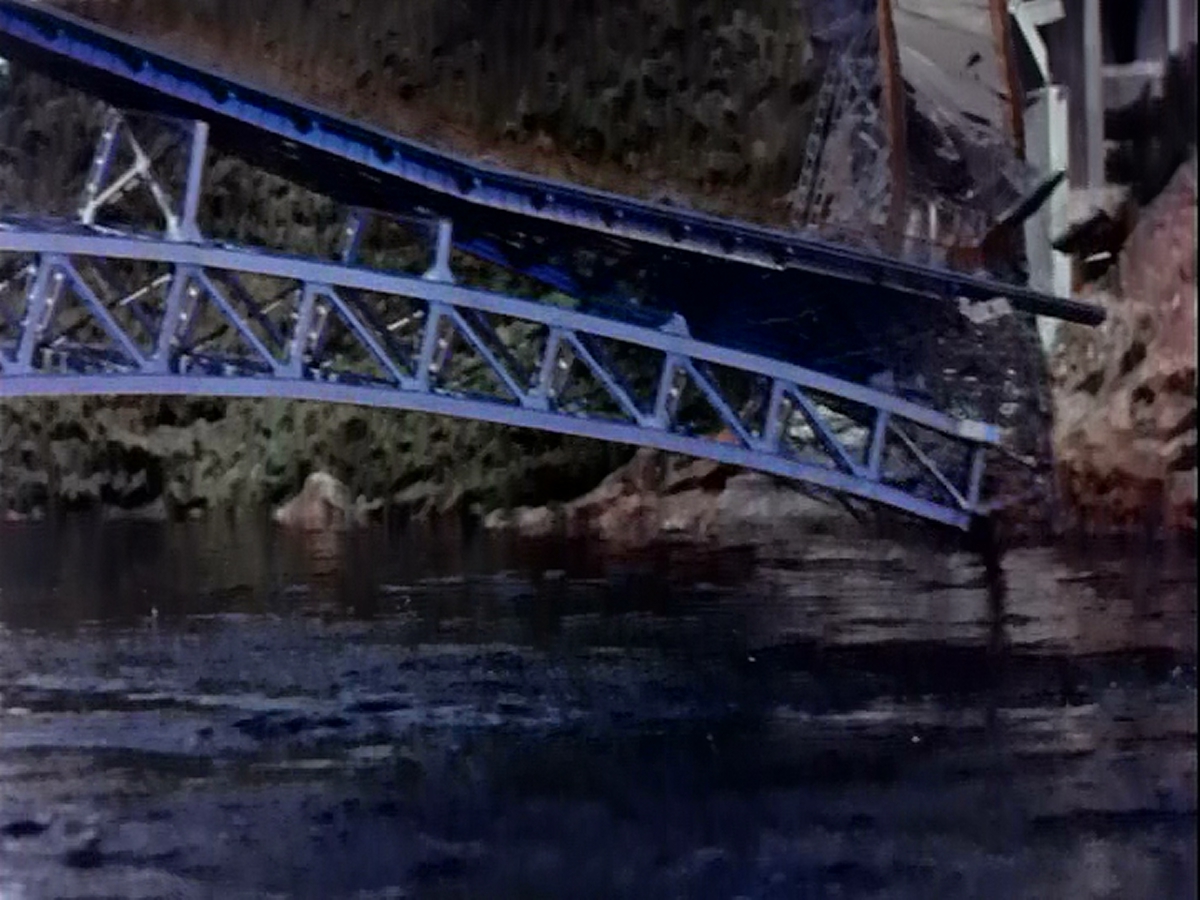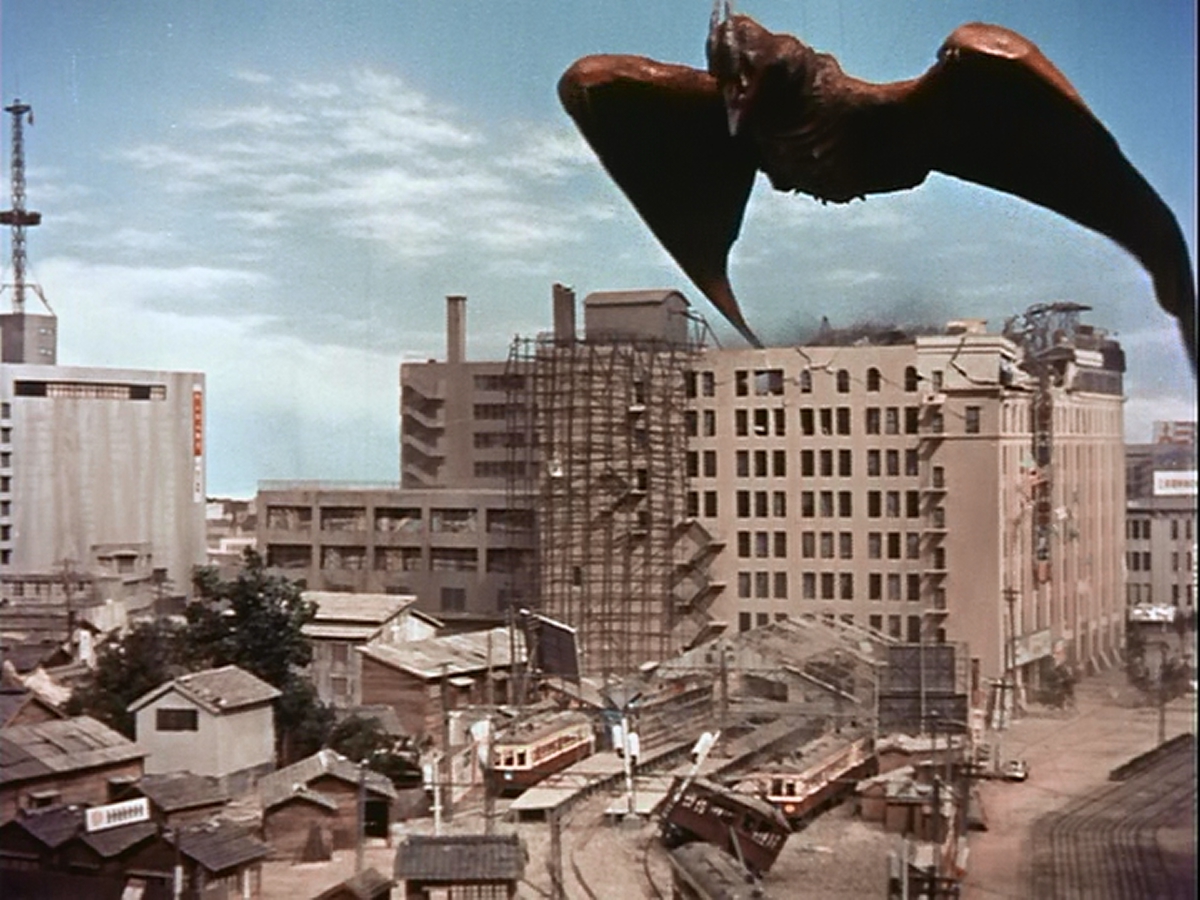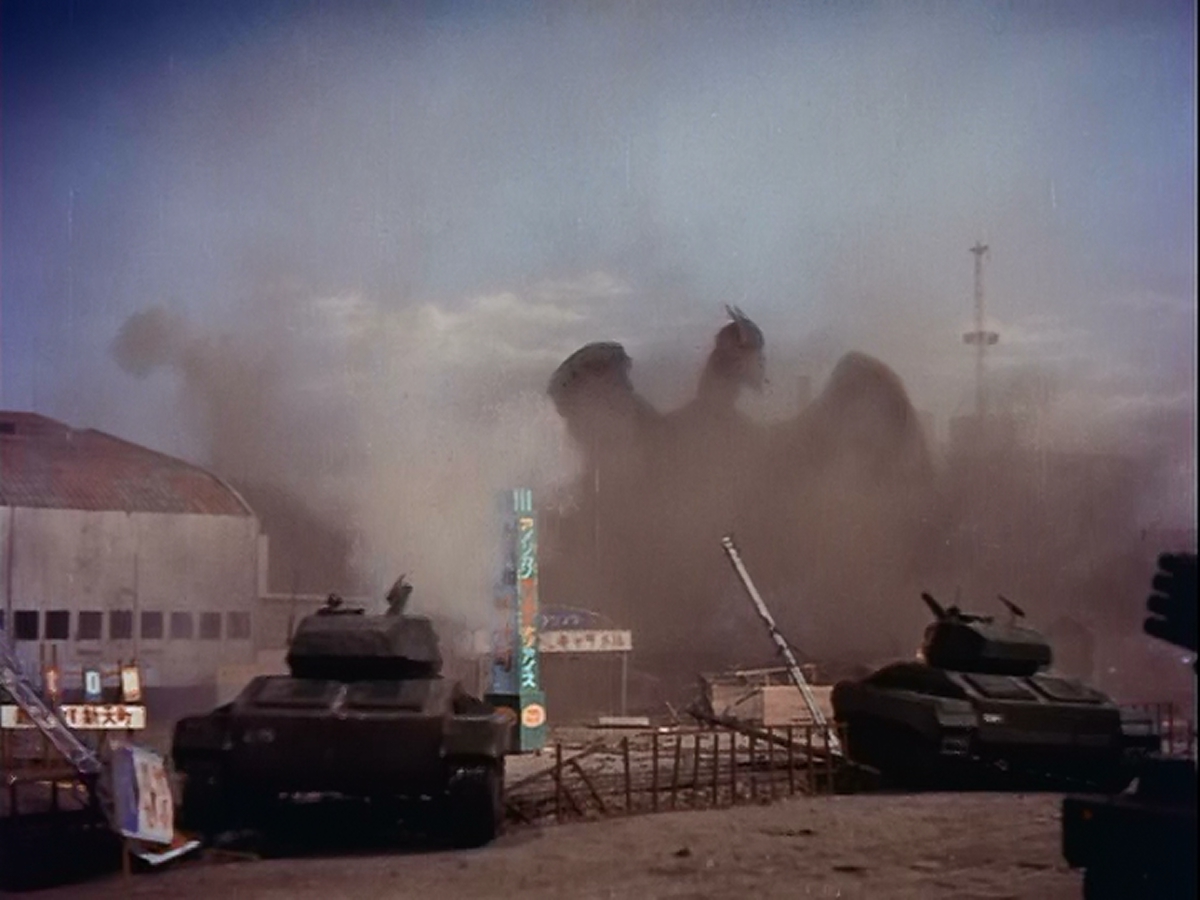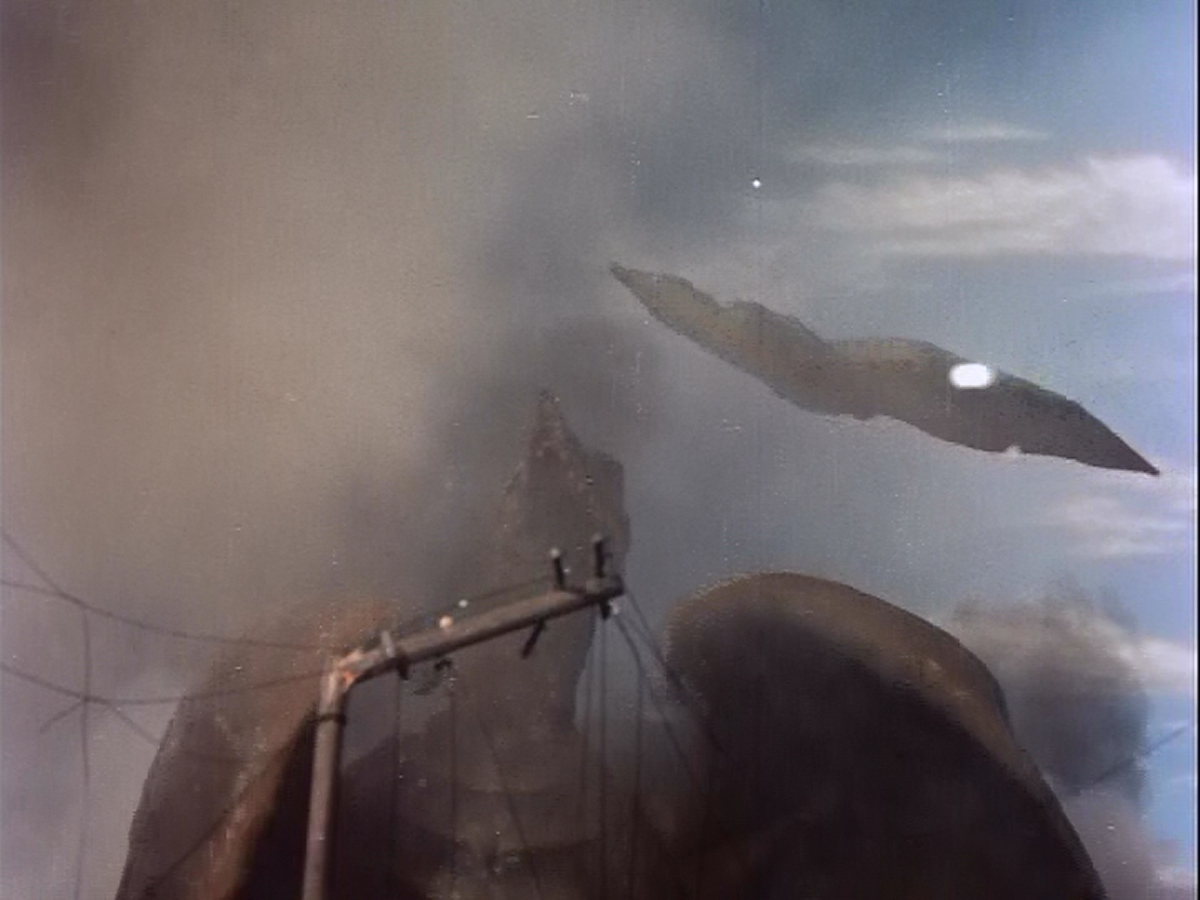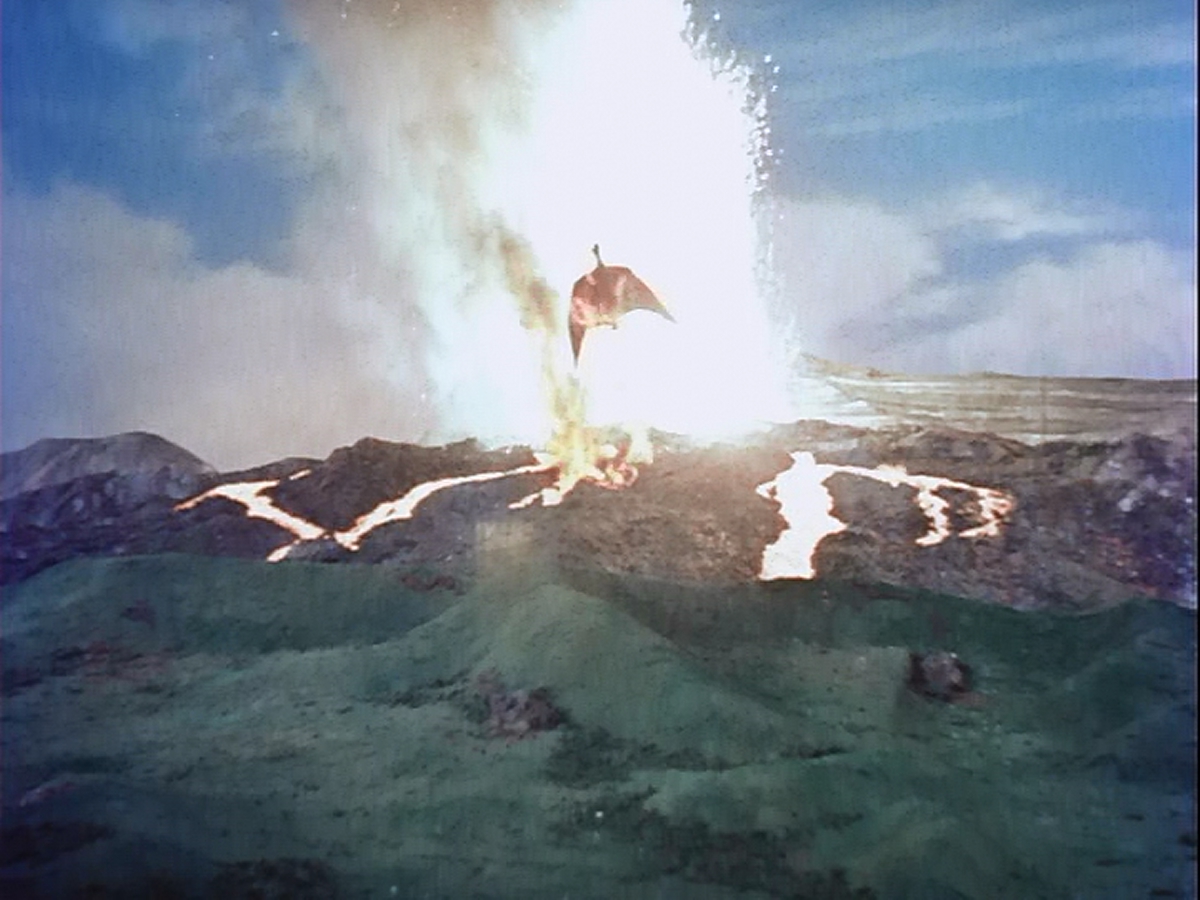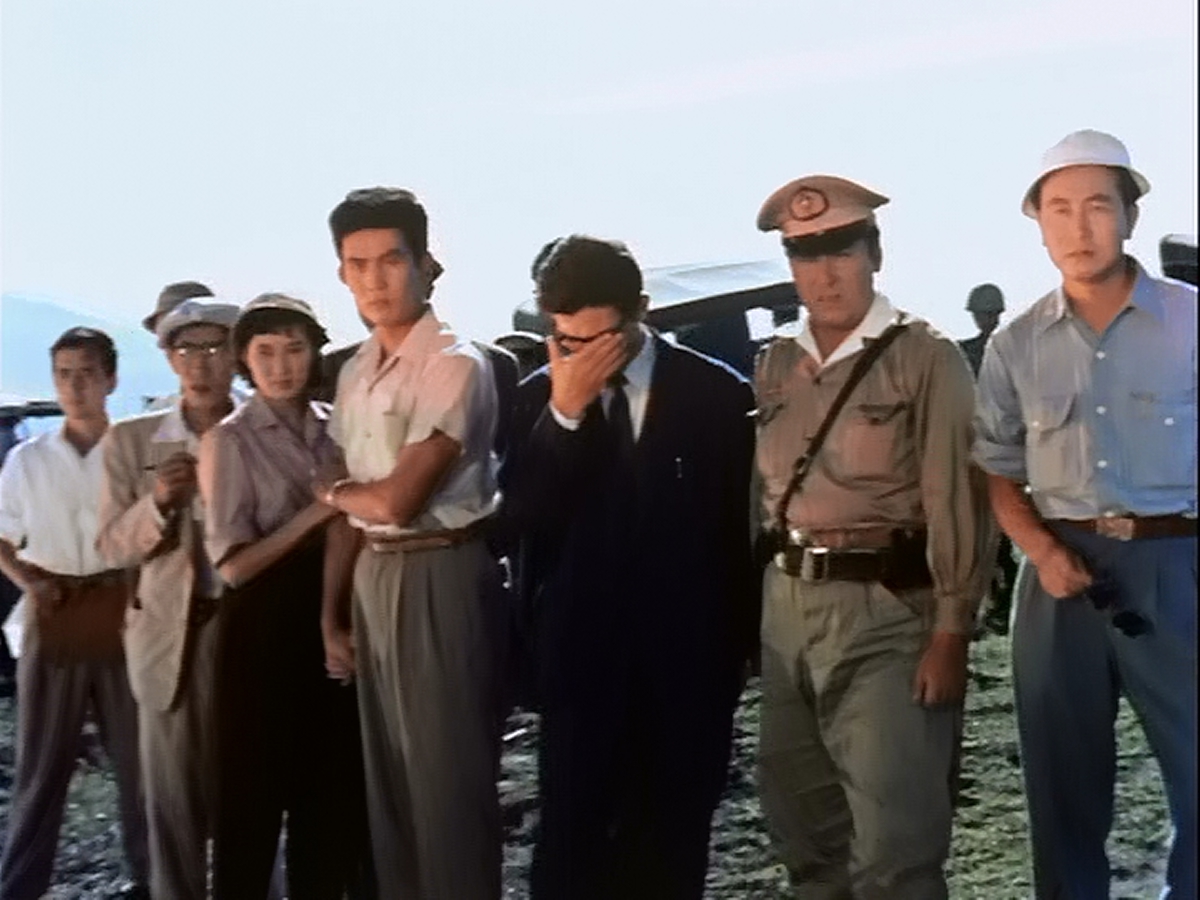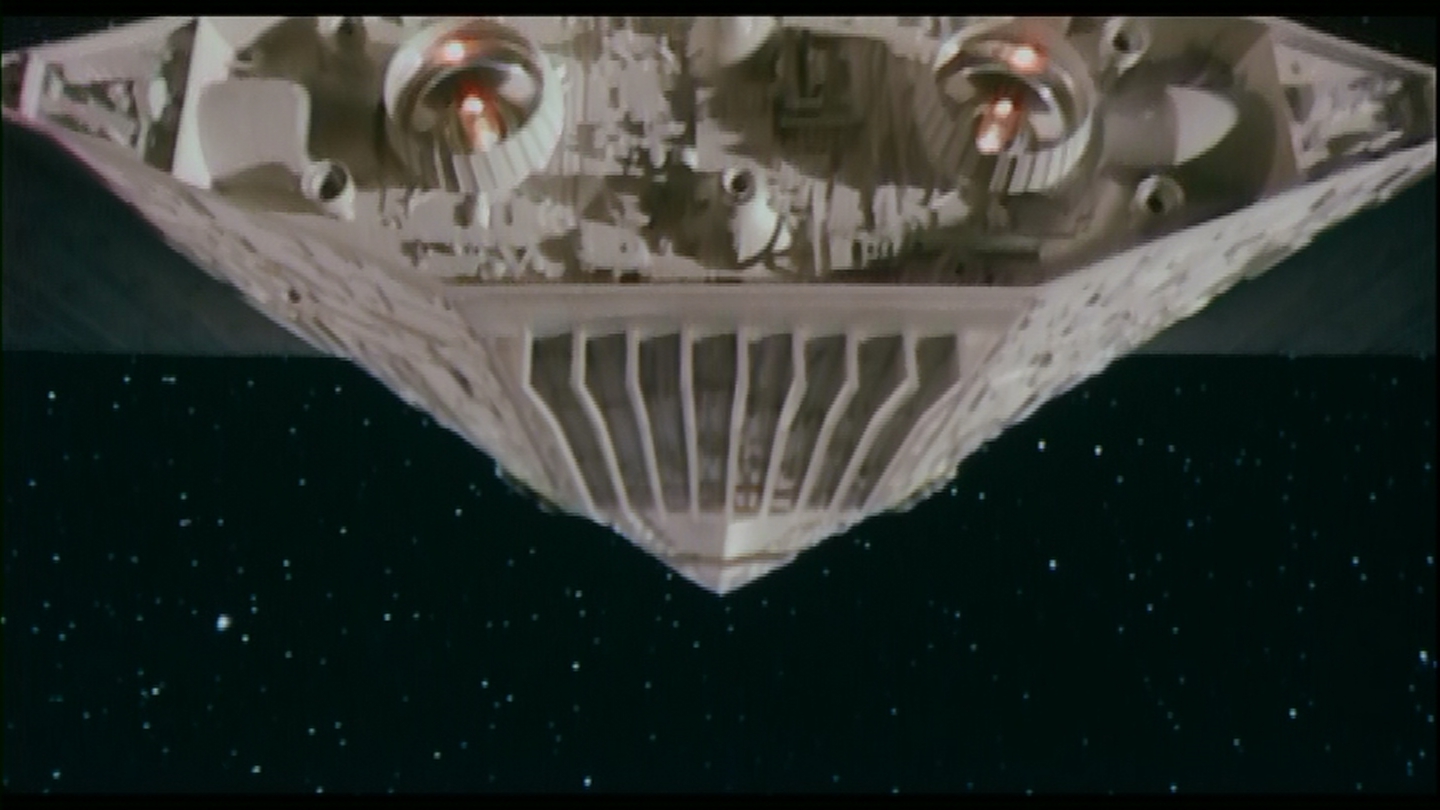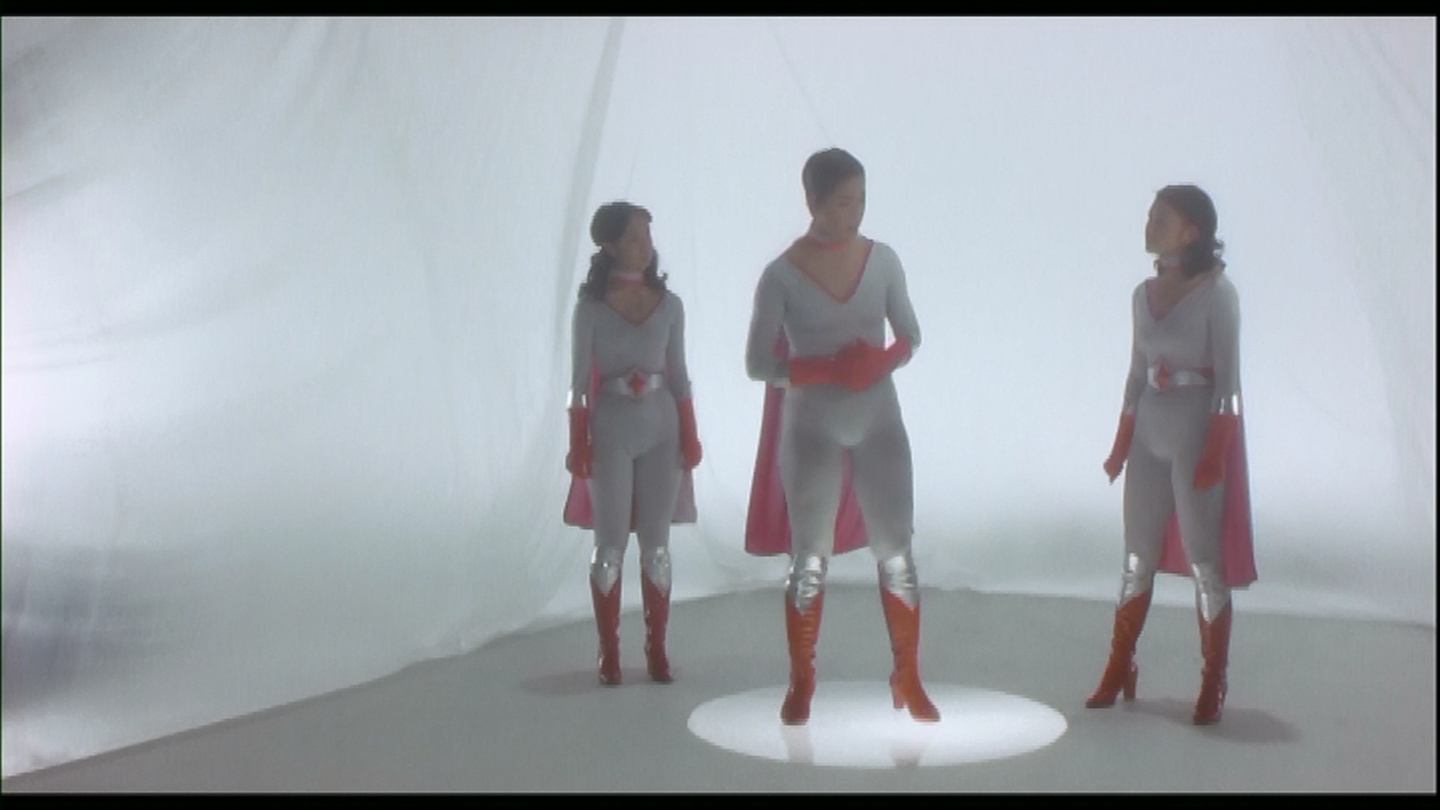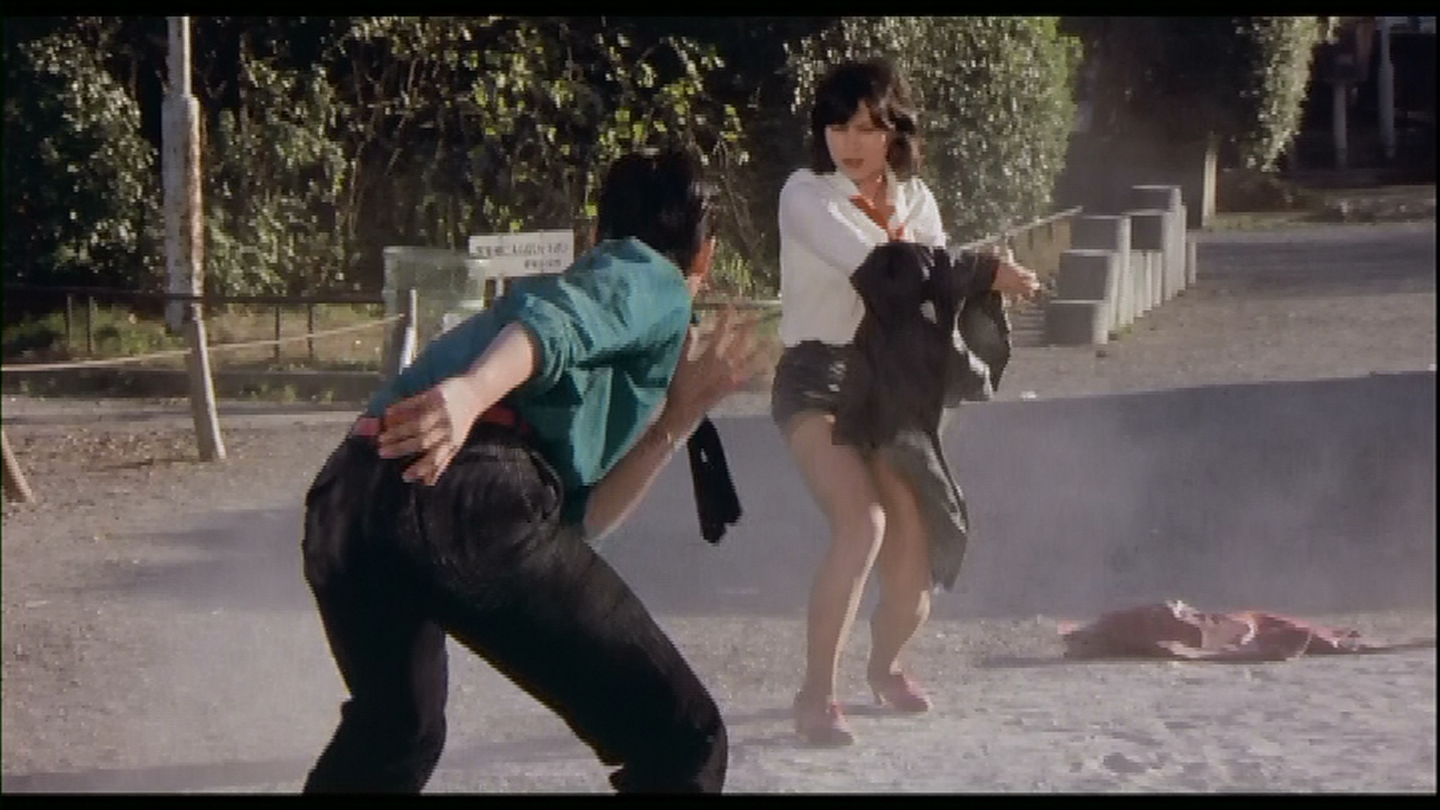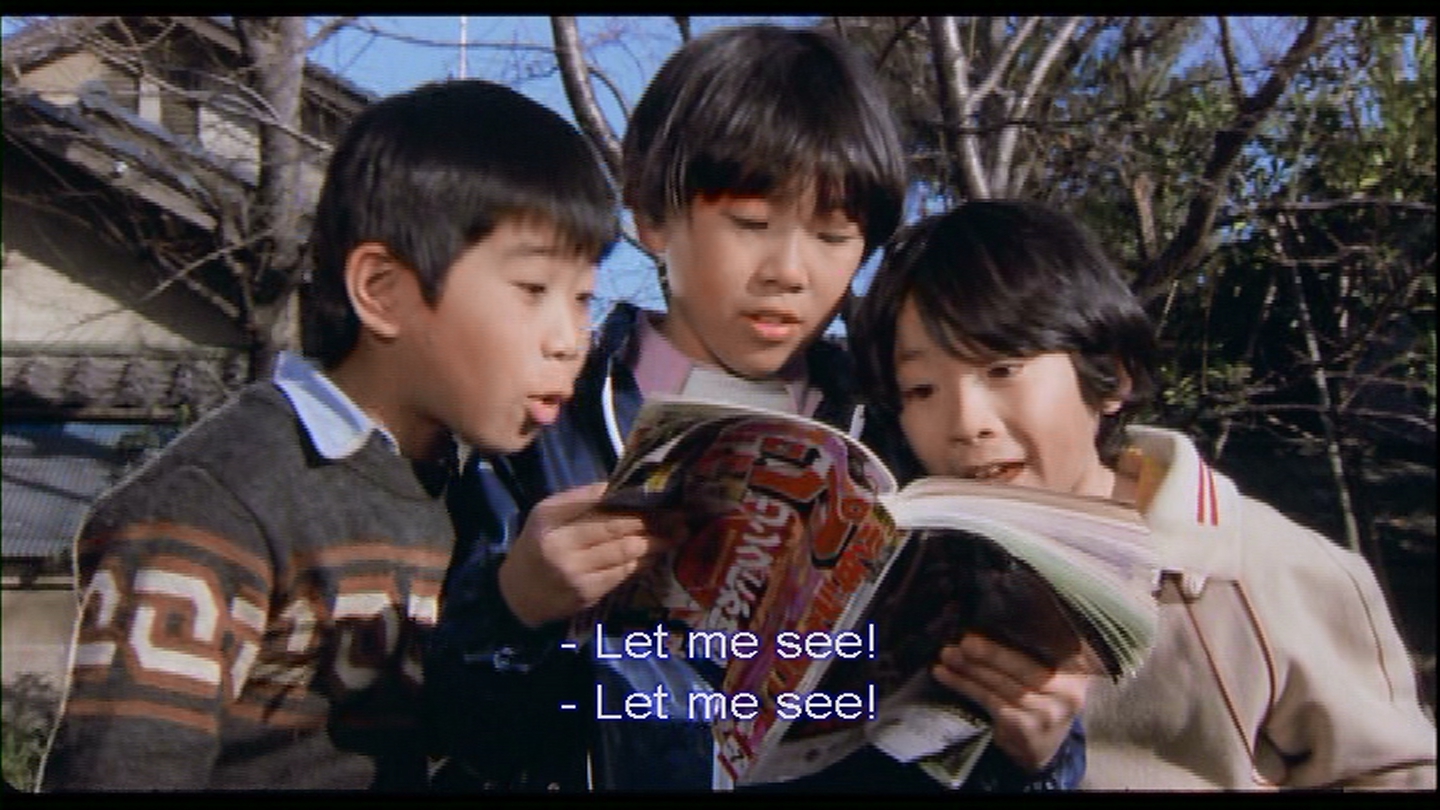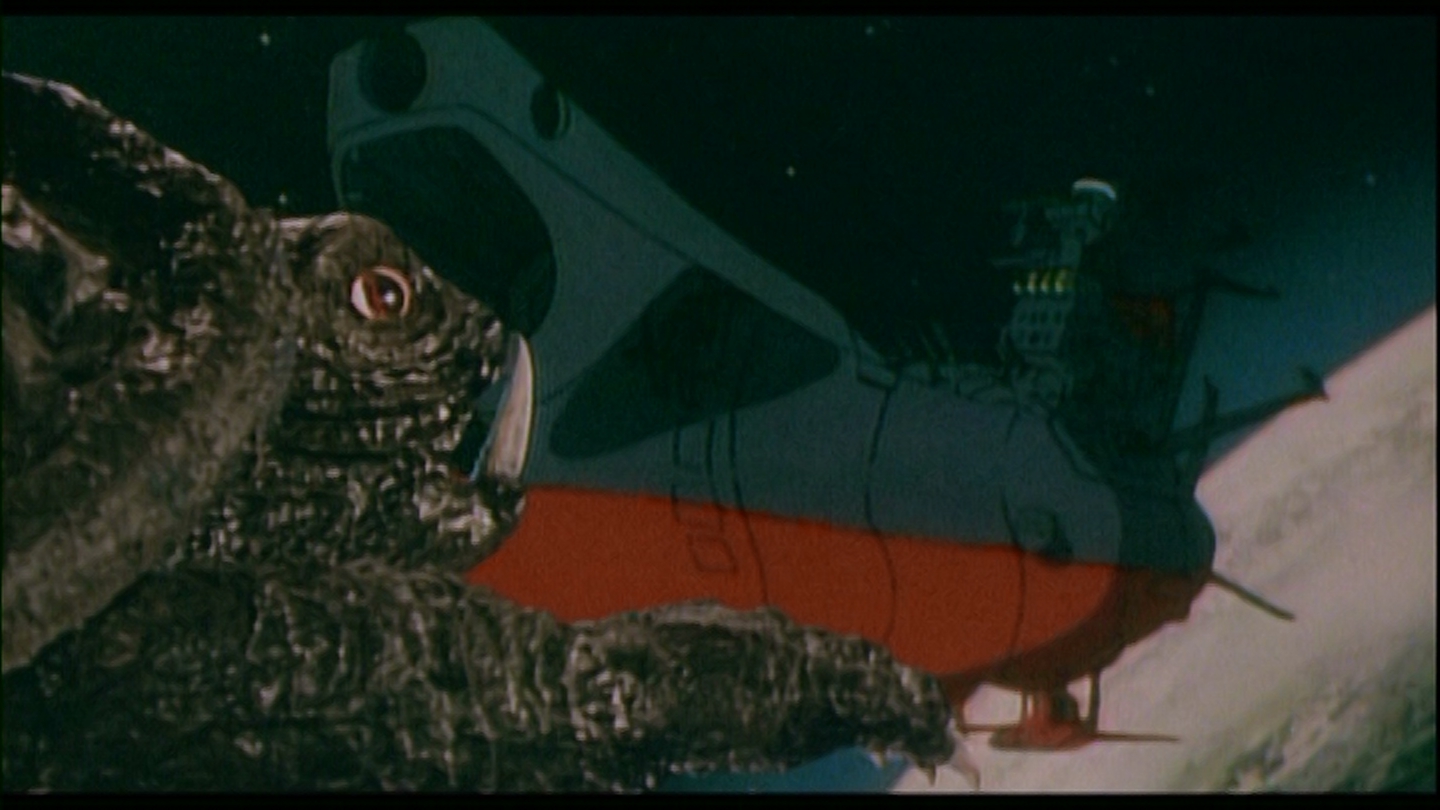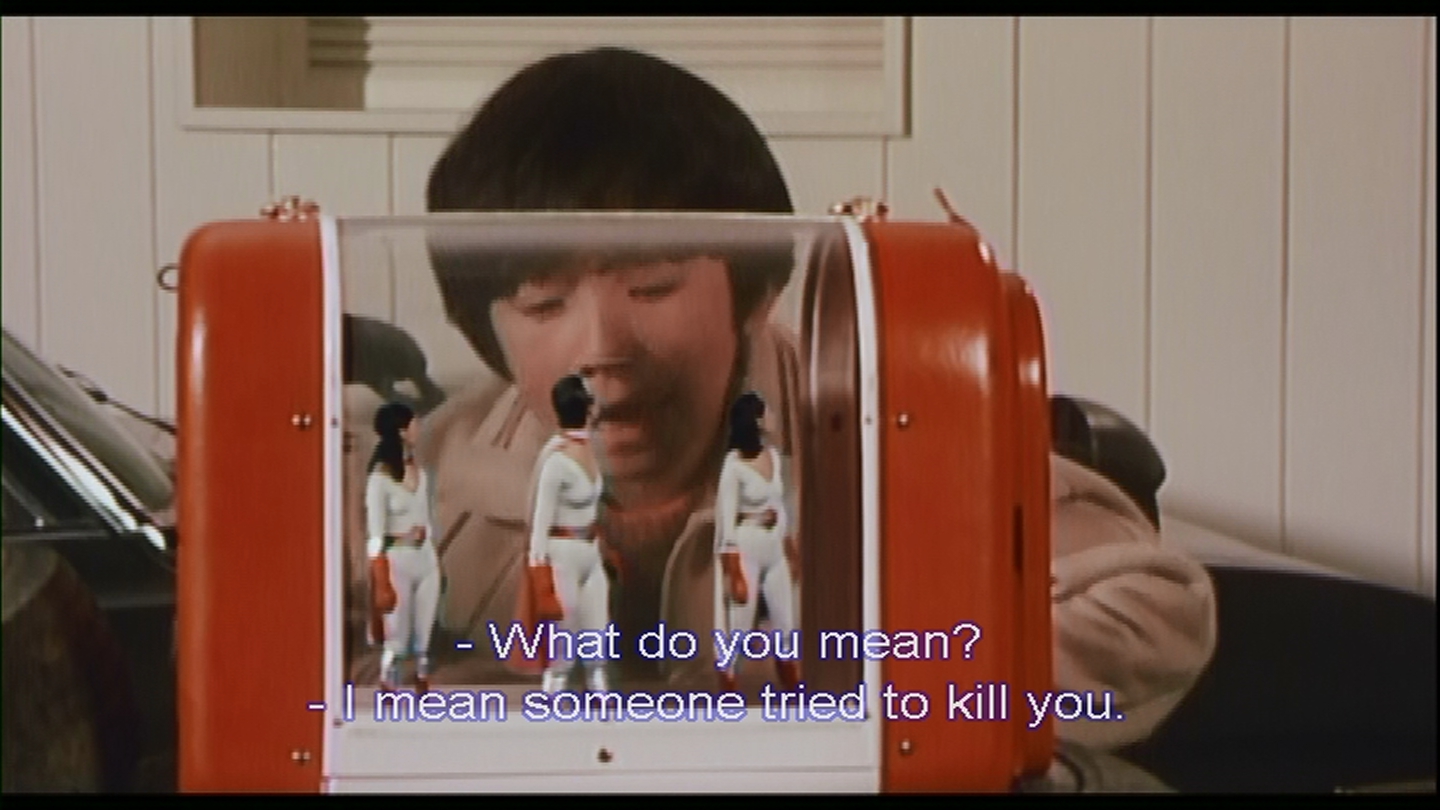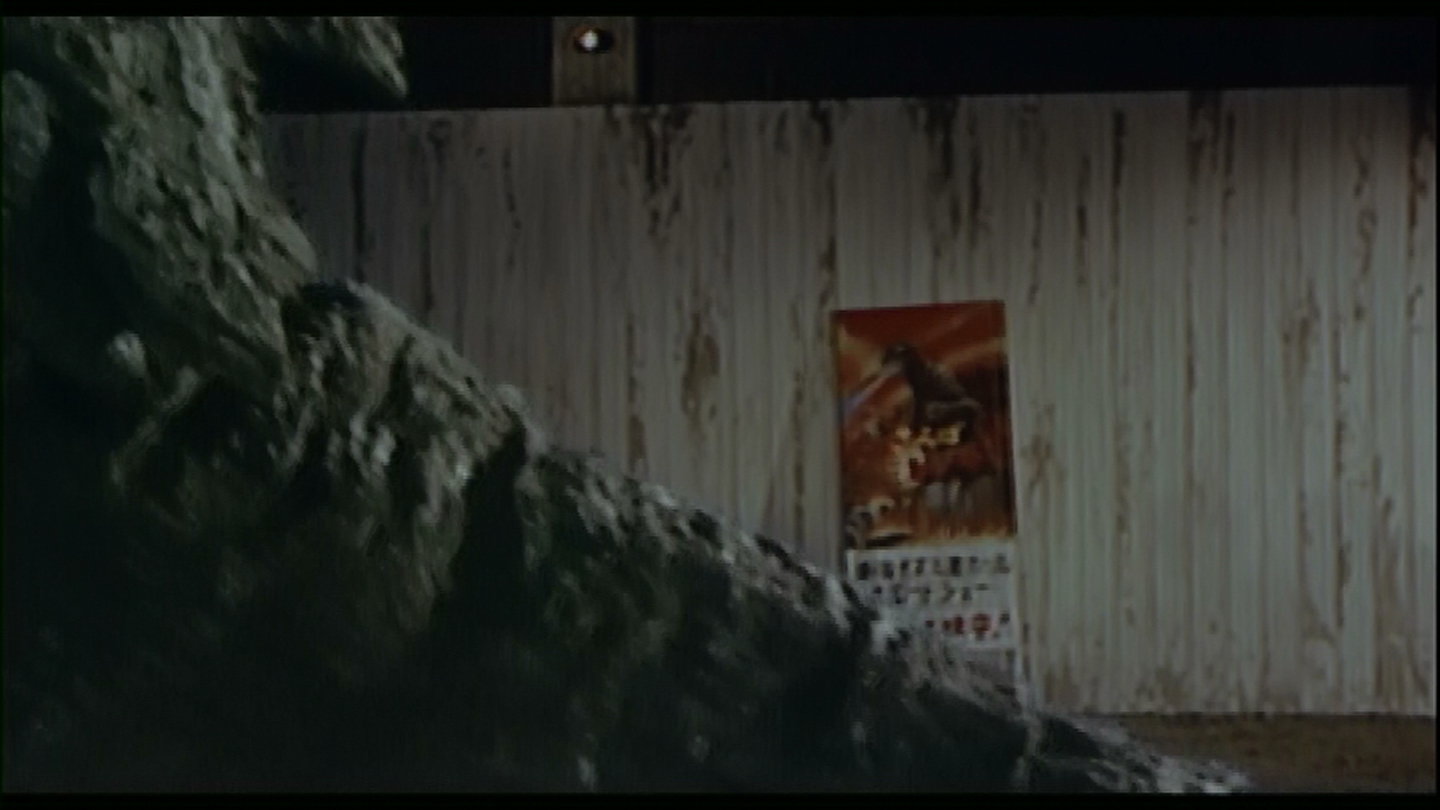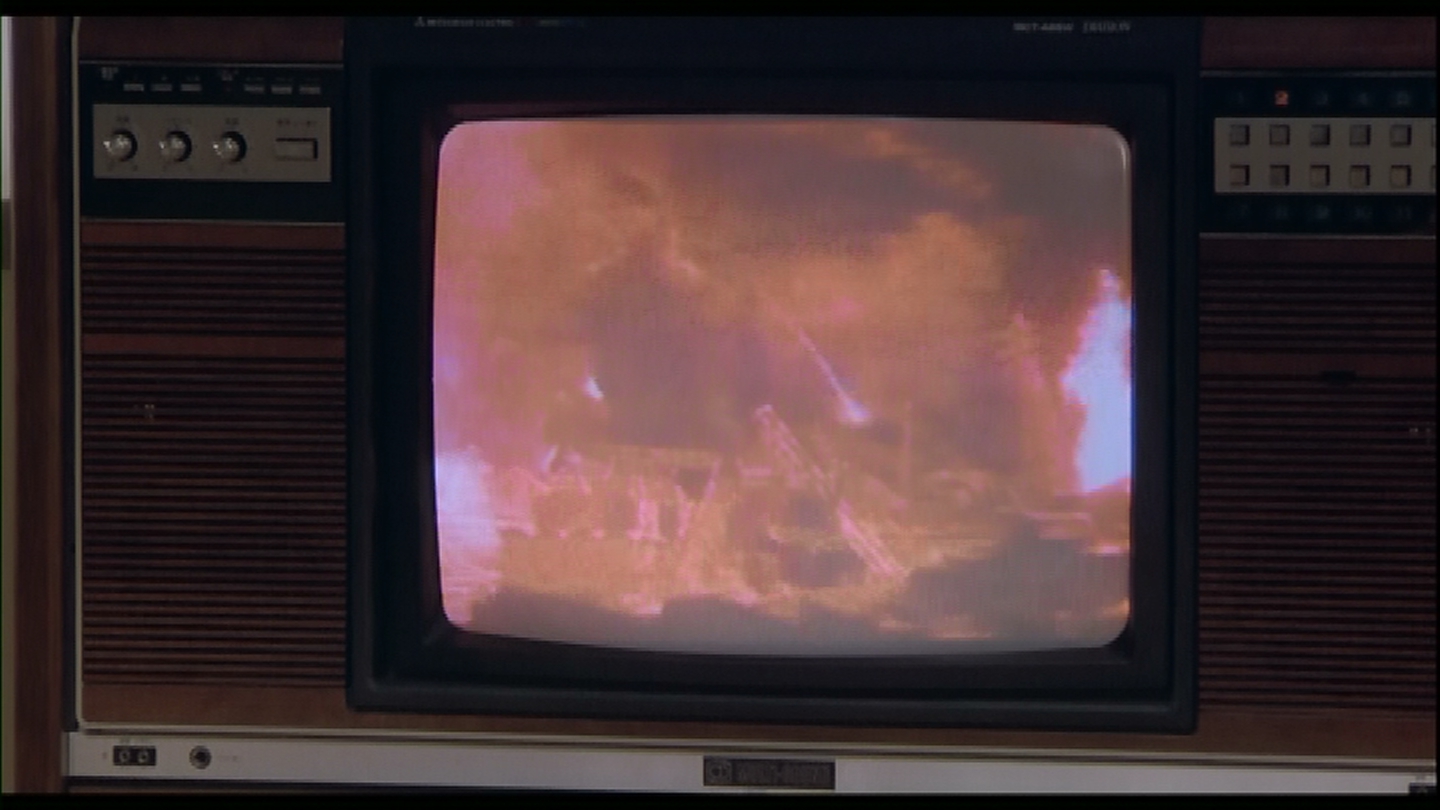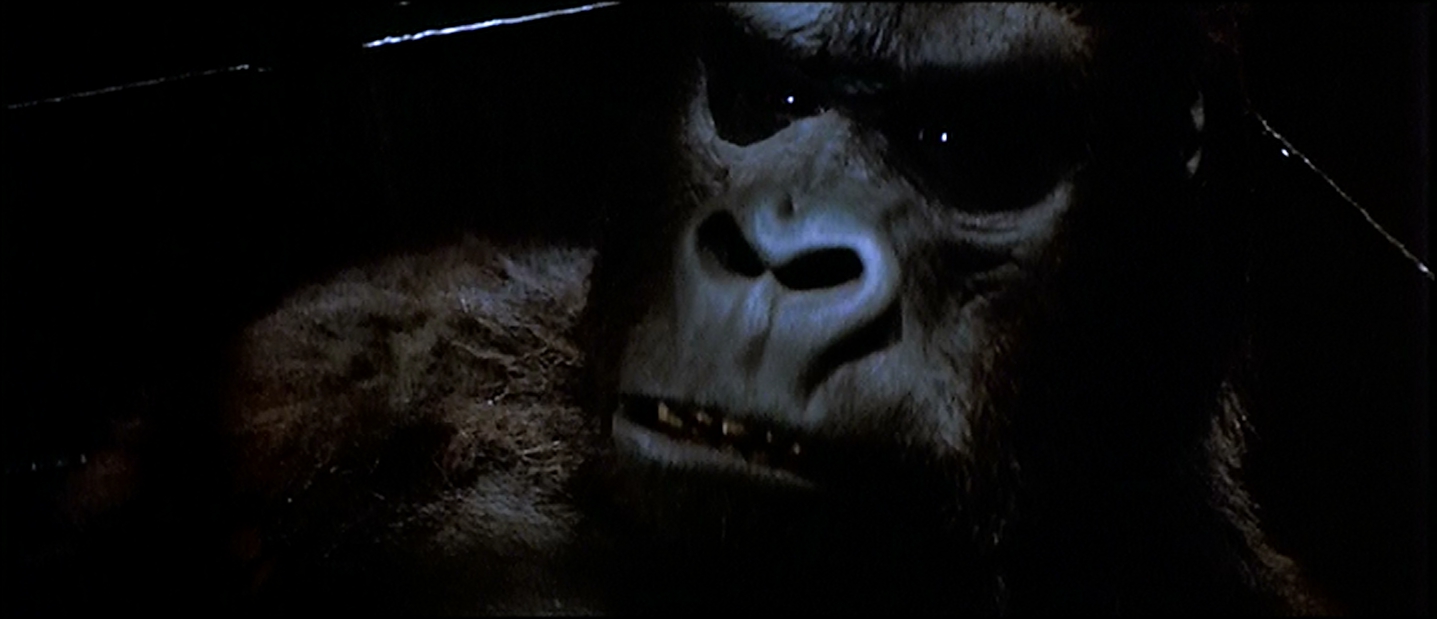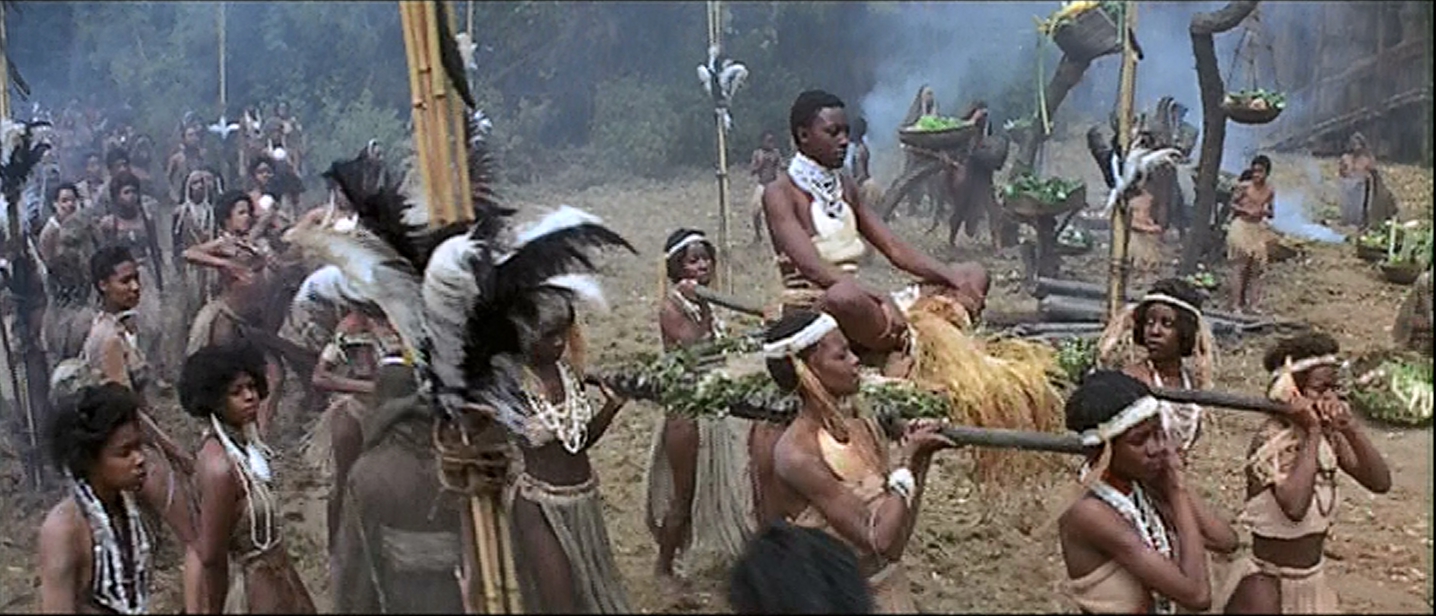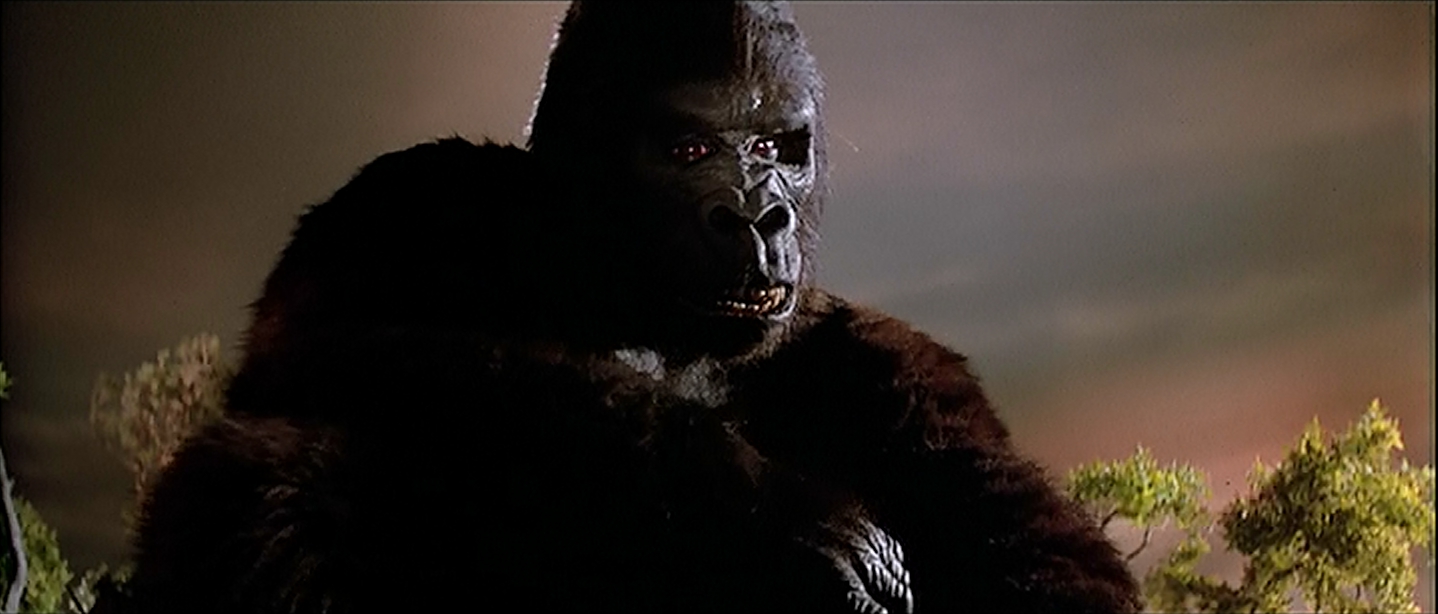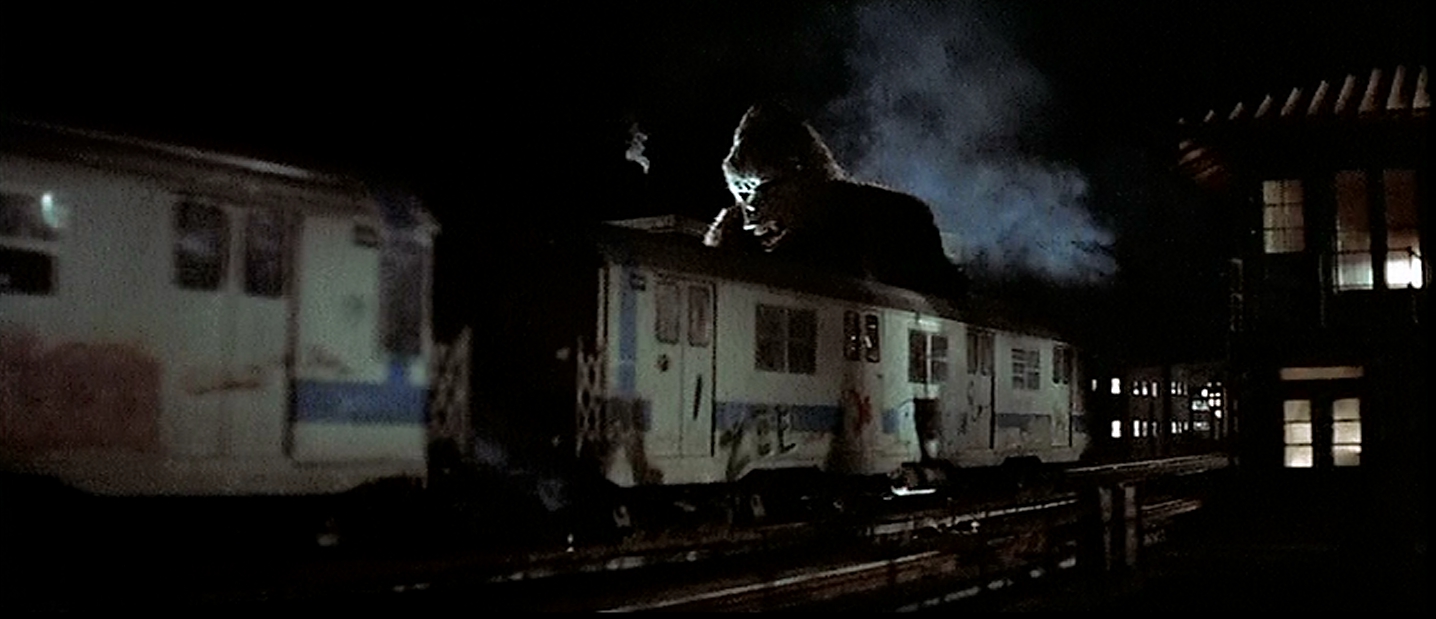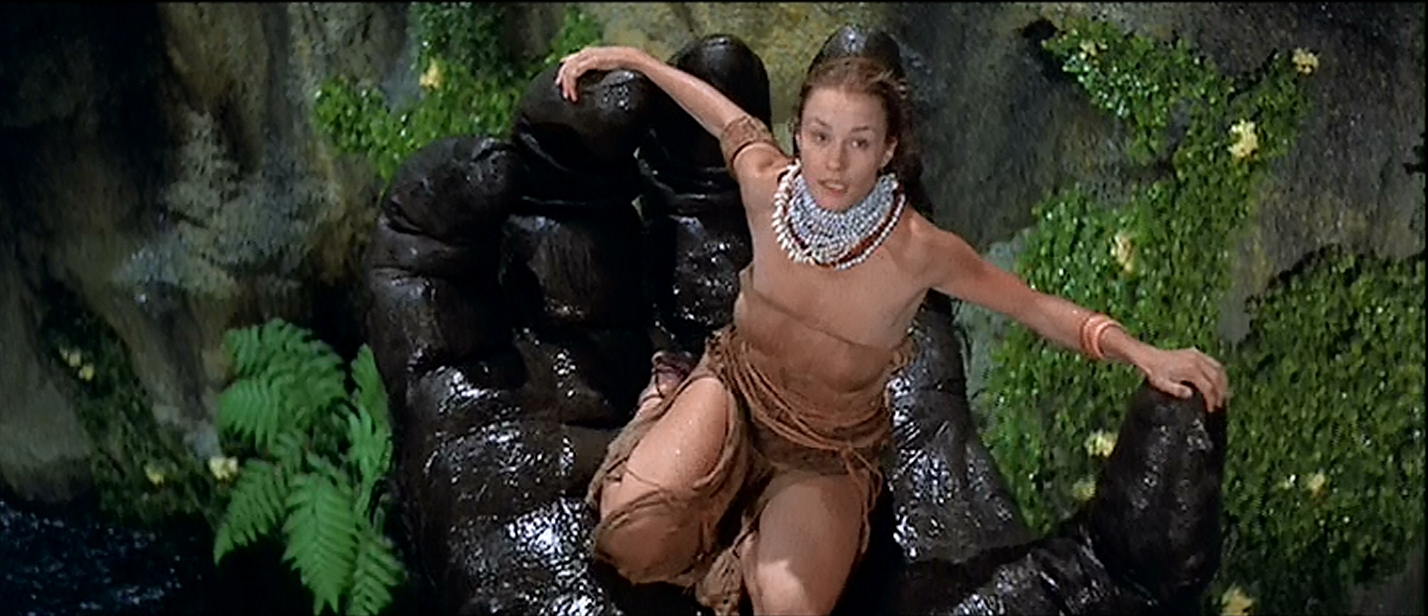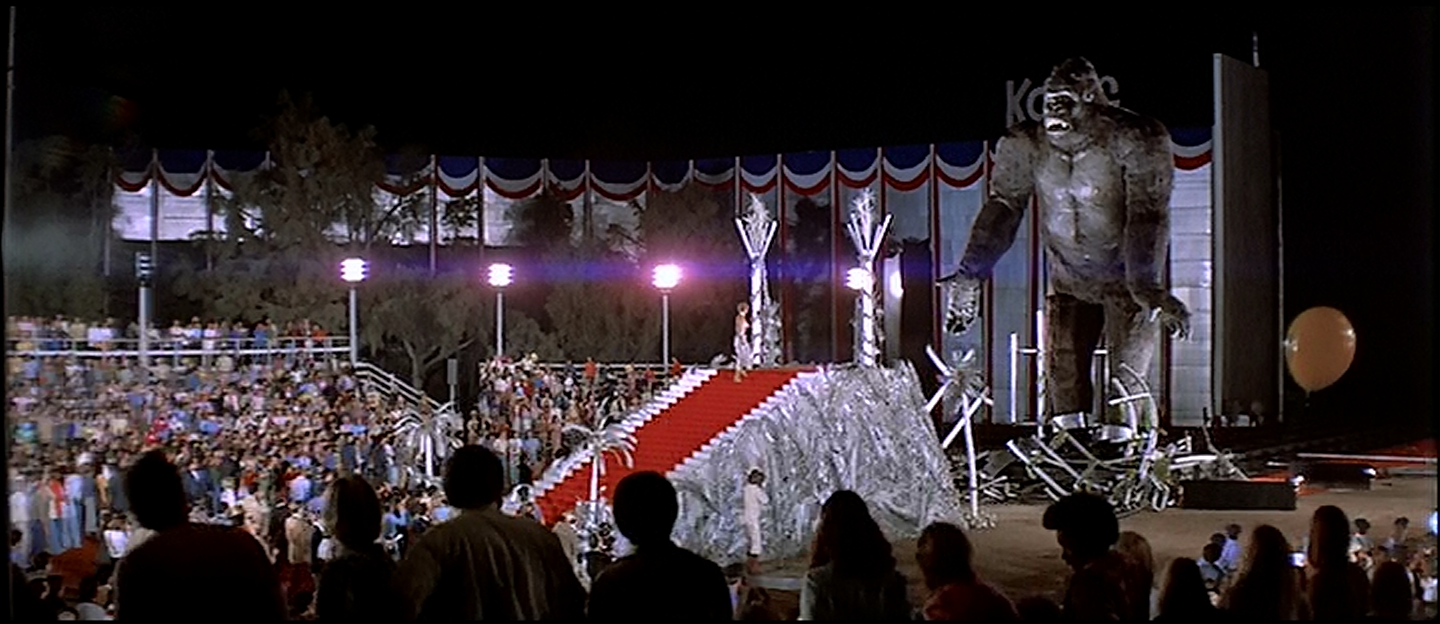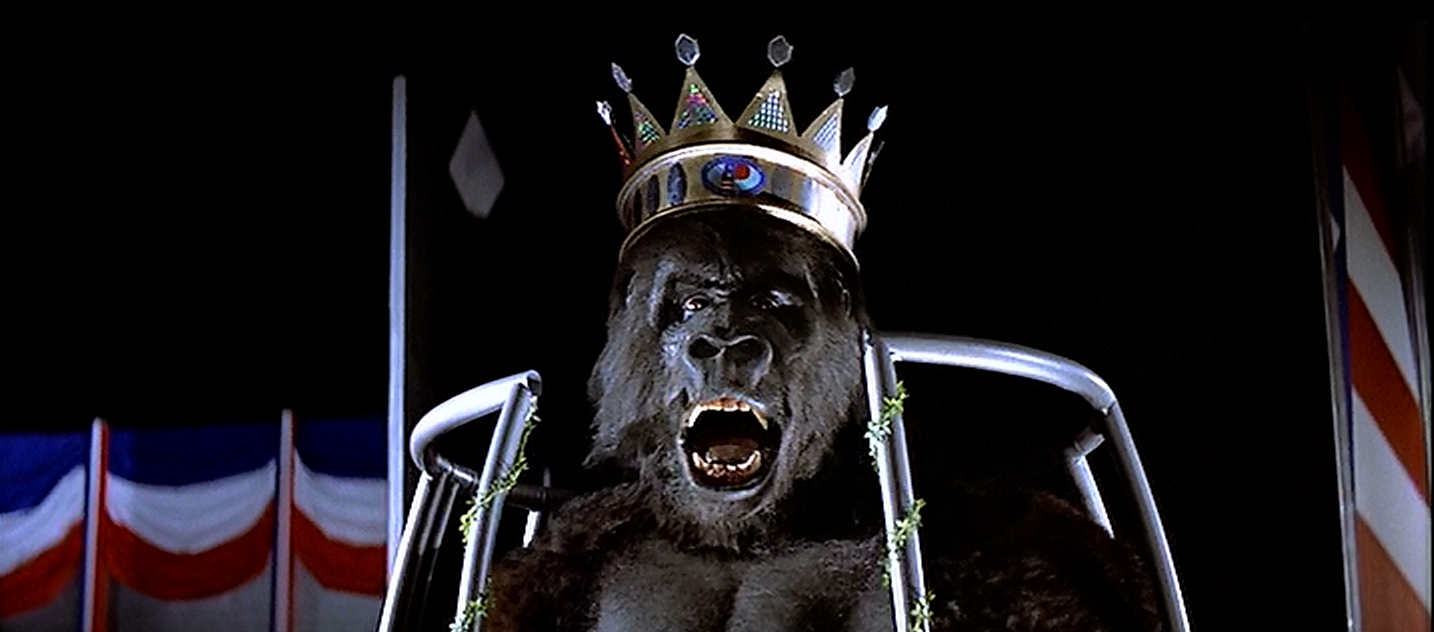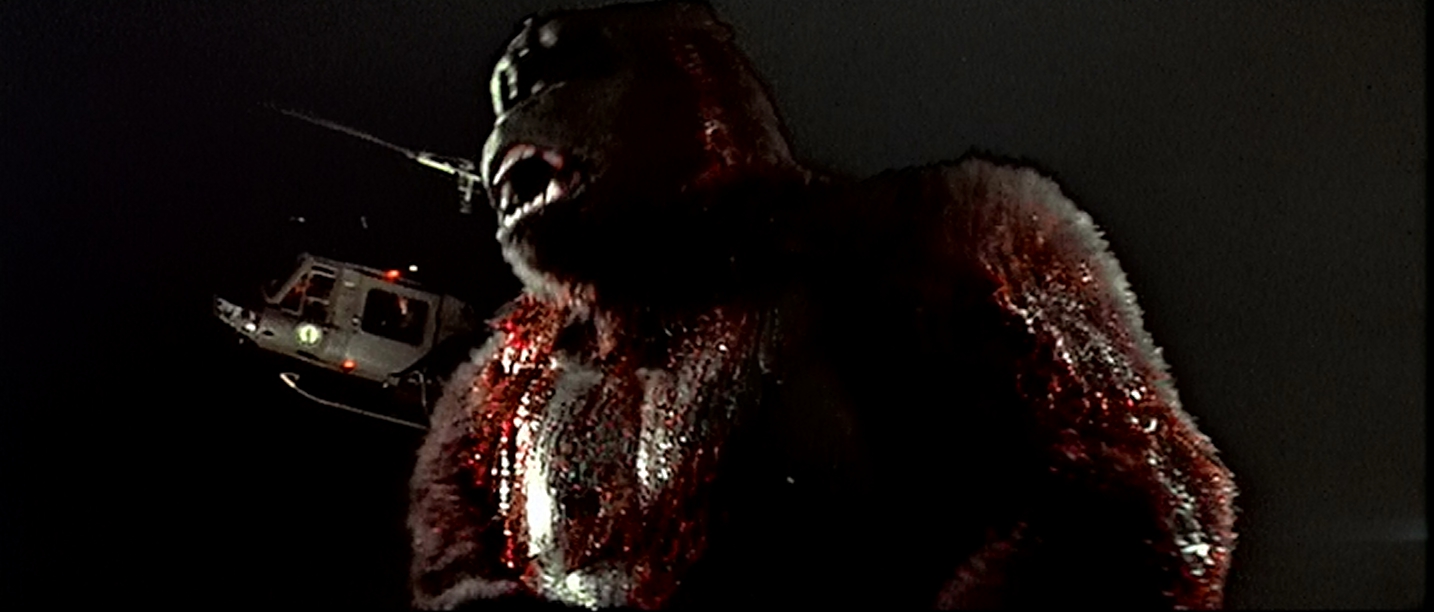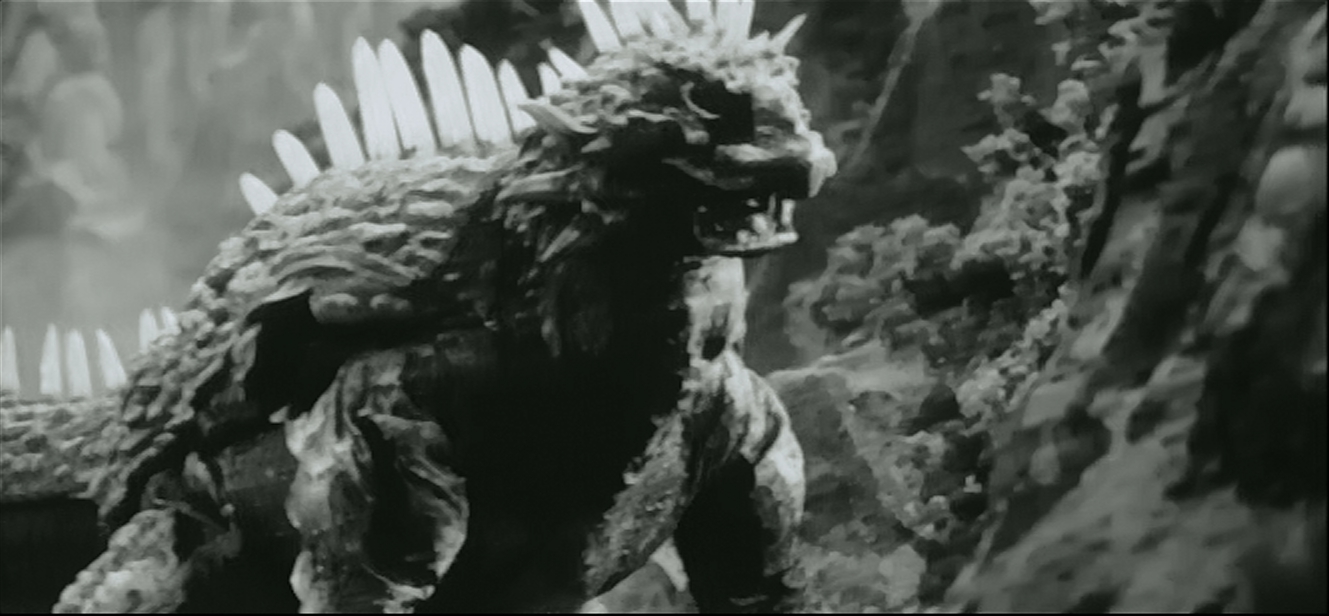
Varan was not made for theatrical release. It was a cheap, fast, black and white film that was intended for television broadcast. NBC coukld not, in 1957, broadcast in color. When AB-PT died, Toho was stuck with a half-done film, no money to show for it. That said, Varan is an imporant film. It was made by Honda, Tsuburaia, Ifukube, and Nakajima. It's the old band that made Godzilla. It's also the first film for Shinichi Sekizawa, who would go on to write Atragon, Mothra vs Godzilla, and twelve more kaiju films, finally retiring in 1974, after Godzilla vs Mechagodzilla. And if his output became labored and trite with Godzilla vs Megalon and Godzilla vs Gigan, his early output are some of the most memorable Godzilla films of the sixties.
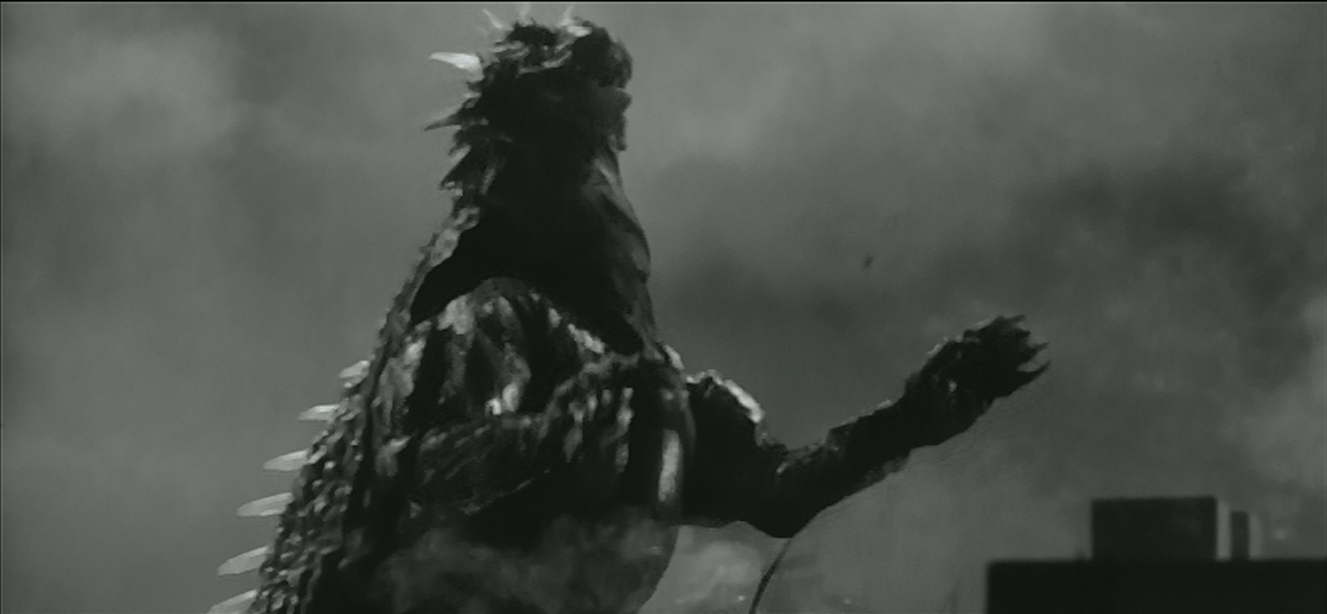
The film also demonstrates that in virtually all things, Ishiro Honda and Eiji Tsuburaya were innovators. This is the first film to make some use of recucled material. The original Godzilla recycled some of its own footage (you see a particular building crumble three times), but this is one of the first times that a film uses footage from a previous film, a practice that would become commonplace, especially in the Gamera franchise. But like so many other things, Ishiro Honda and Eiji Tsuburaya did it first. In addition, it is possible to hear a lot of Akira Ifukube's best music in early for here. Ghidorah's theme from Ghidorah the Three headed Monster is here in a prototypical form, as are themes and cues from Space Amoeba, Destroy All Monsters and War of the Gargantuas.
The film begins with a rocket launch. It's a scene that will be replayed several trimes in later films, including from Honda himself in Space Amoeba. The opening shows us the science which man has achieved, but wanrs us that there are still mysteries of the Earth that have not been explained. We then move on to Professor Sugimoto, who has been brought some butterflies that normally only live in Siberia. They have been discovered in a remote valley in Japan, referred to as the Tibet of Japan. They find a strange village which worships a strange god, a theme that would be revisited by the screenwriter three years later Mothra, and echoed in Gamera vs Barugon.
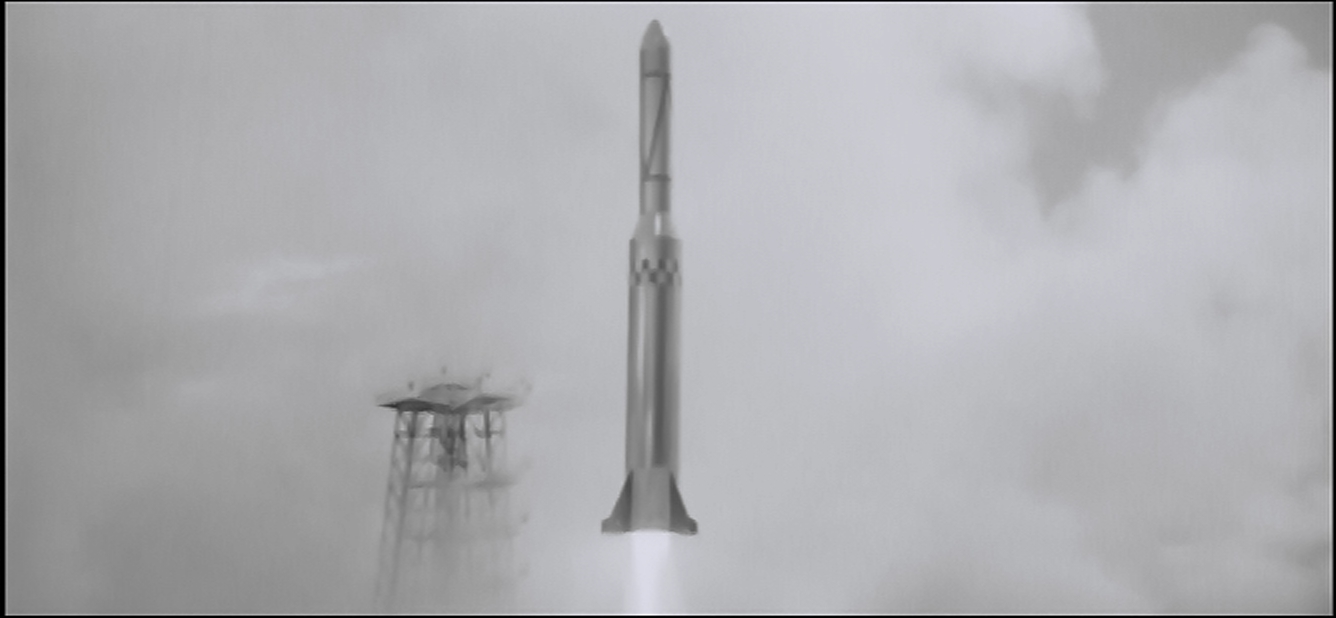
What separates Varan from other monster films of the preiod is its sense of humor. When the butterfly-seekers have arrived in the villiage of Baradagi, they hear a rumble. An earthquake? No. Should they go further, the timid one asks. Yes, says his bolder companion. It's too early for monsters the brave one of the pair says, acknowledging that this is what the audience is there to see. And then they are killed in a landslide.
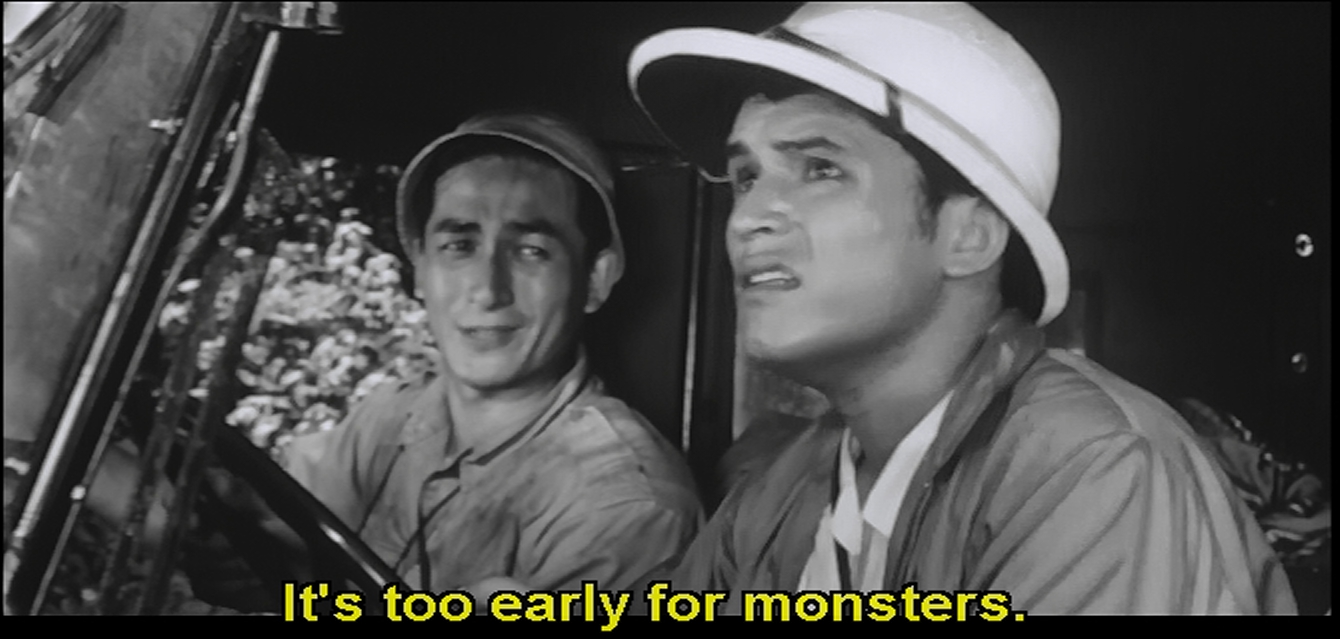
The villagers propriate Varan as a god. What separates Varan from Kong or Mothra, or even Take-Majin from Guilala's Counterattack: Lake Toya Summit Crisis is that Varan just wants to be left alone. He is angry because of the two interlopers, and the village undertakes chanting to soothe him. Unfortunately for everyone, Dr. Sugimoto has sent out a second team to find out what happened to the first expedition. The leader of the second expedition is perfectly willing to tell the villagers that they are ignorant and superstitious. And with crackerjack comedy timing, this is when Varan appears.
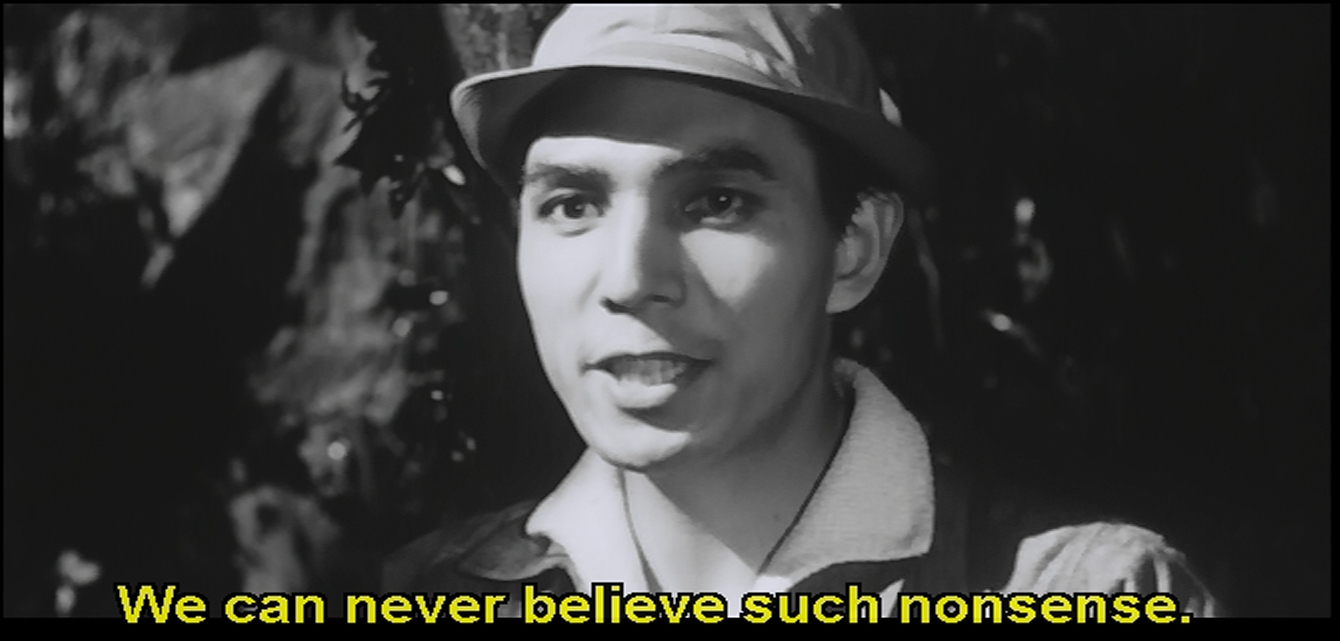
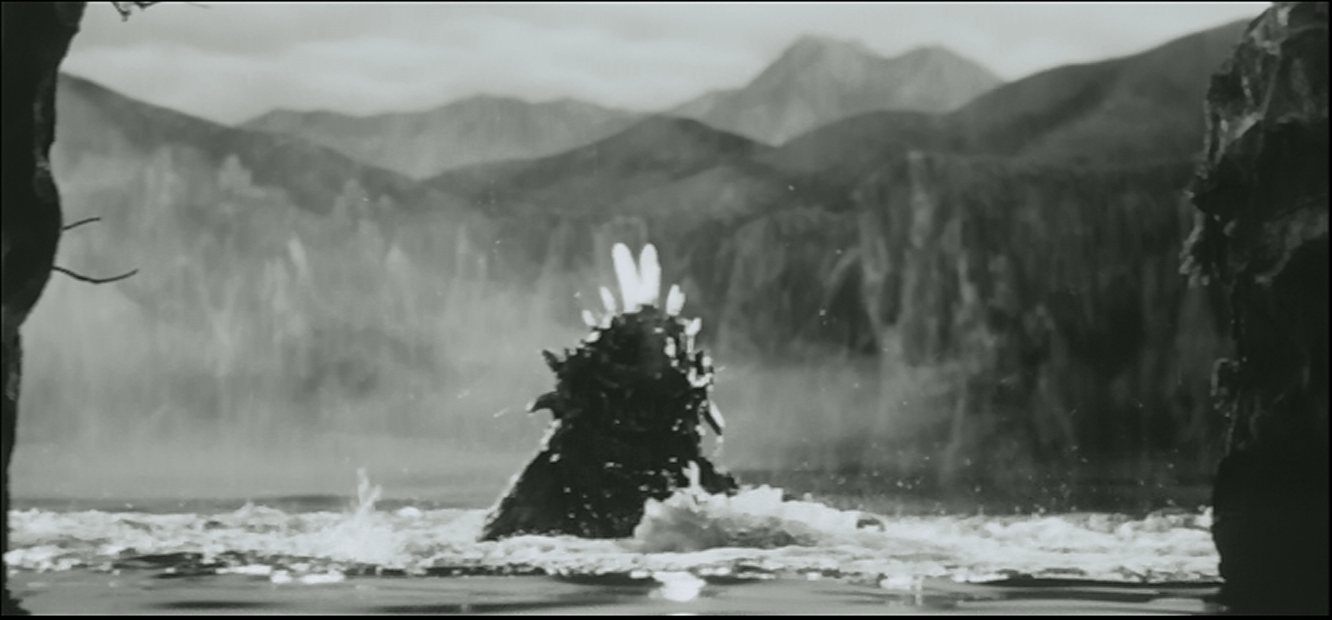
Varan is an interesting-looking monster. It walks on four legs, sometimes on two, and has crystals growing out of its back, something like a cross between a stegosaur's plates and Anguirus' spikes. The design is partially based on monitor lizards, and its name is a shortened version of Varanopidae, an extinct family of lizards. Varan's roar is similar to Godzillas, and with the metallic grind that gives it an excellent sense of menace. The Varan suit isn't the best Tsuburaya ever build; the back gaps a bit when Varan is crawling around. But the intended low-res quality of fifties televisions would have made these shortcomings hard to spot.
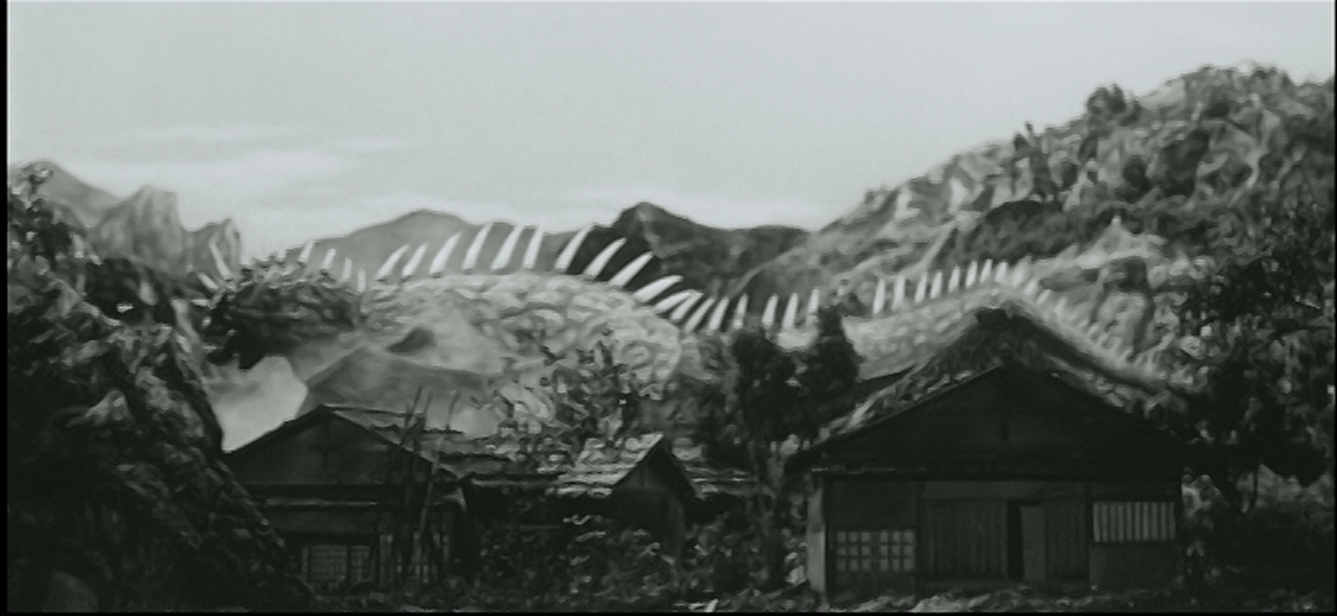
After the reveal of Varan, one of the reporters comments after encountering it that it would wreak havoc in a big city. Hm. Untilling to leave a gigantic monster alive and kicking in Japan, the military arrives, poisons the lake, and then puts on the usual noisy but ineffective show. Maybe Varan would have laid low if they'd left it alone. But we'll never know.
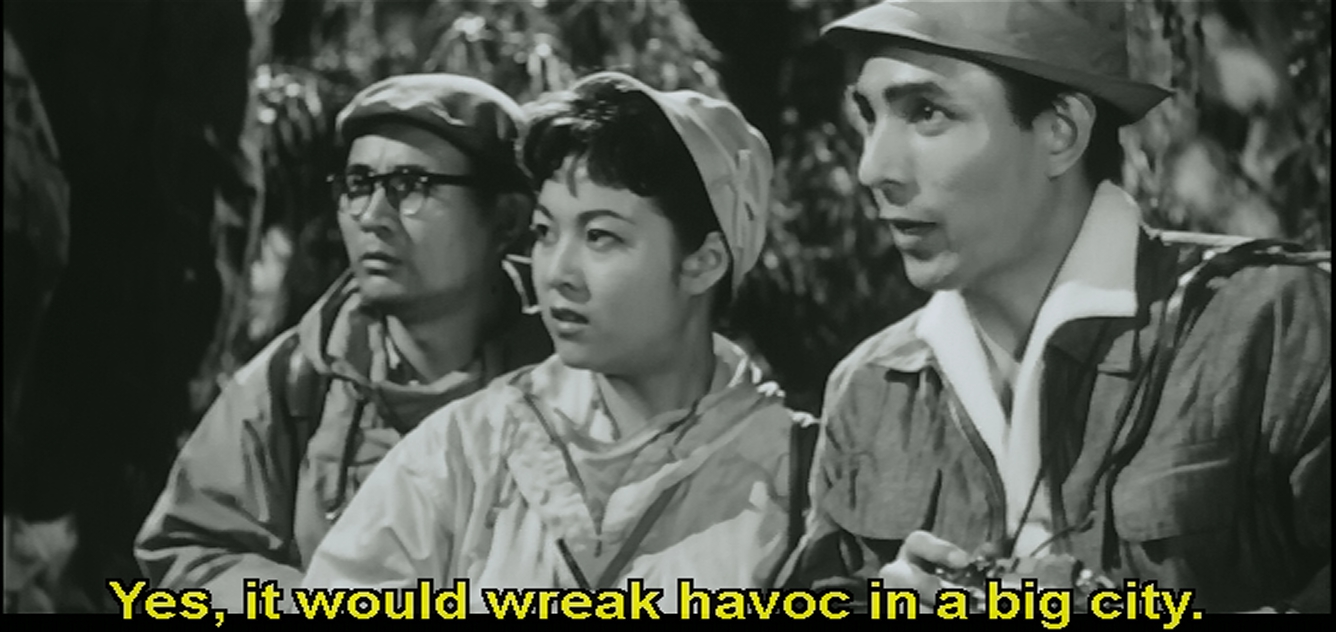
As the military retreats, and Varan walks over military vehicles, they explode. Sadly, this catches the local trees on fire, and soon, Varan's reatreat is completely ablaze. And then Varan spreads his flying squirrel-like wings, and flies off. Once again, if the military had just left him alone, Varan would not have gone on a rampage in Tokyo.
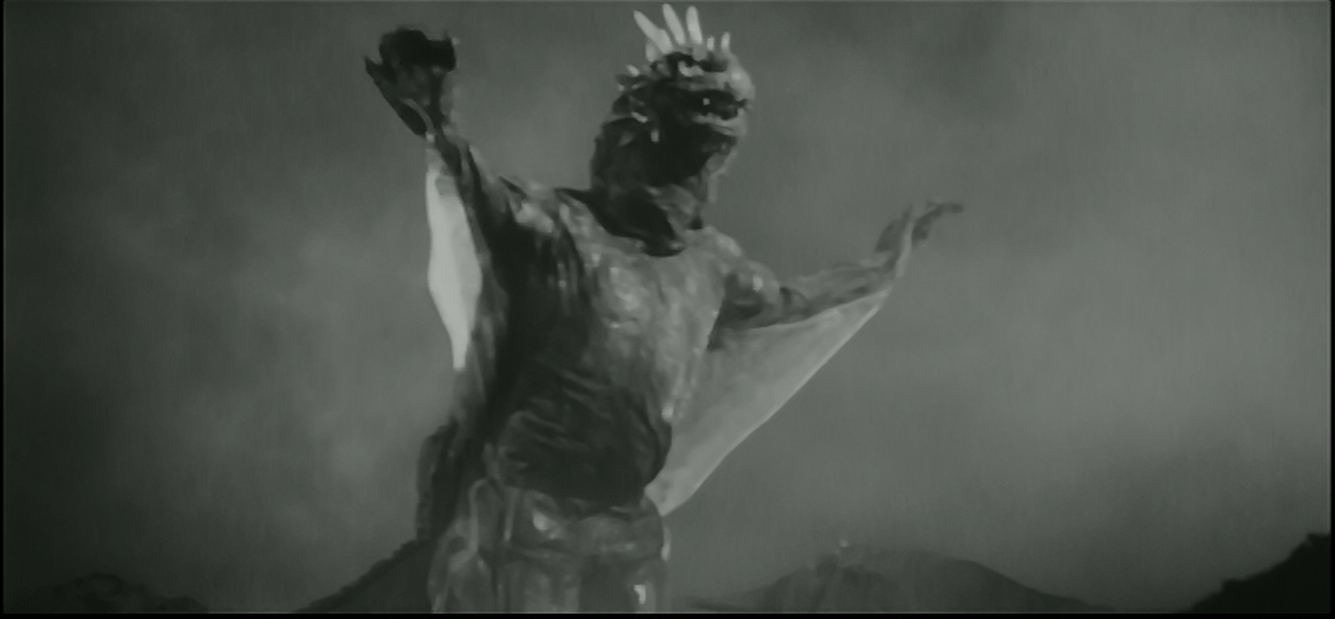
In keeping with the 1954 Godzilla, the first people to feel Varan's wrath are fishmerman. Once again, if you're living in a kaiju-infested world, the last thing you want to be is a fisherman.
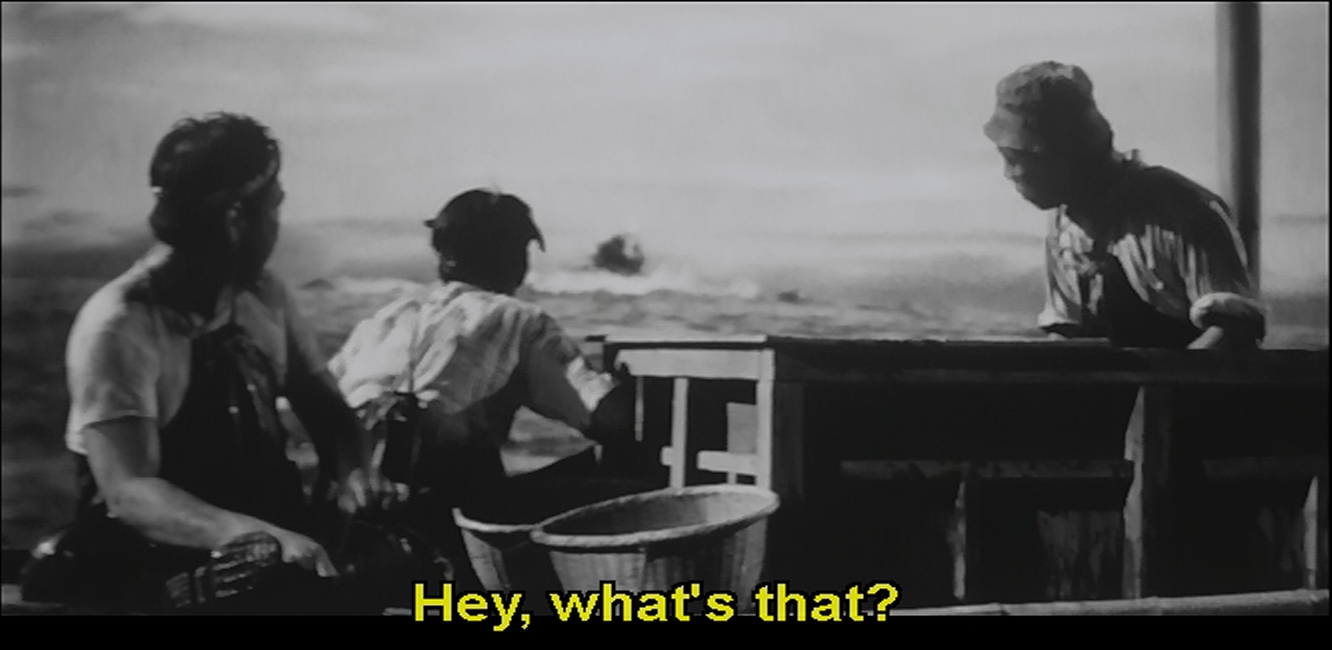
Varan is then located by the military, and for the first and only time in a kaiju film, the military sends out a bomber. Usually, only the fighter jets to fire rockets at the monster, but here, we have a single bomber. Like all aircraft, it flies too close to the monster, and is swatted down.
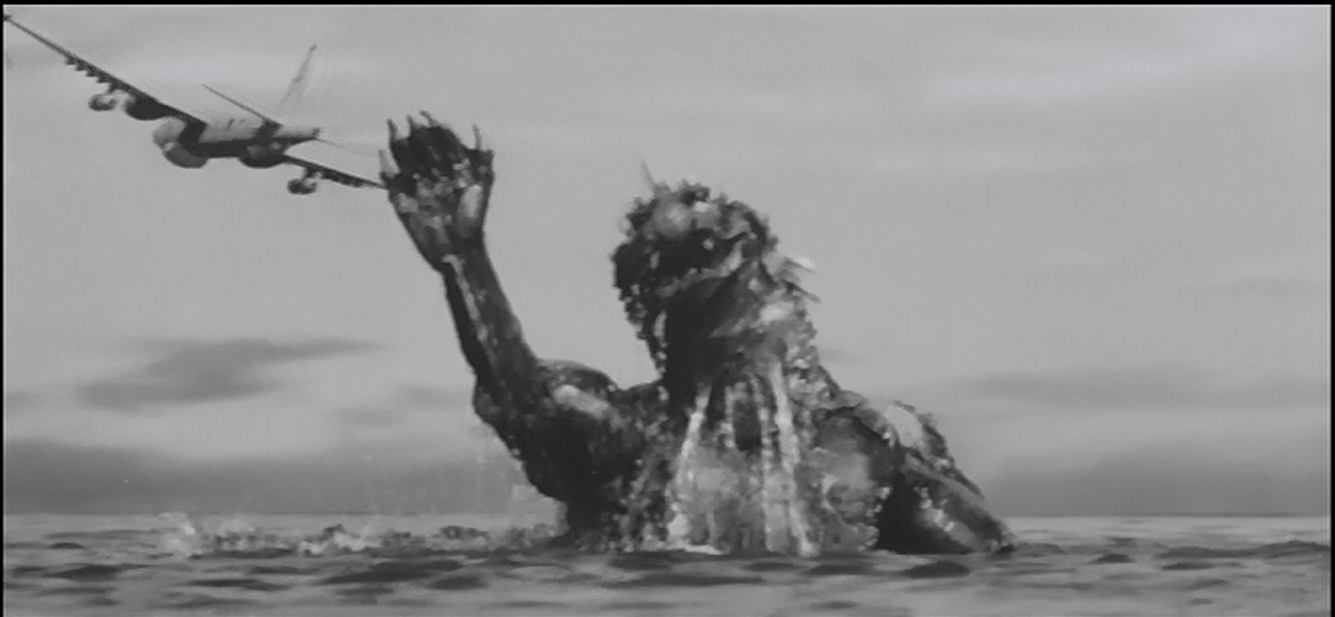
Later, the Navy gets involved, in scenes of depth-charges that are prescient of Gorgo, which was released in 1961. Of course, this doesn't harm Varan at all.
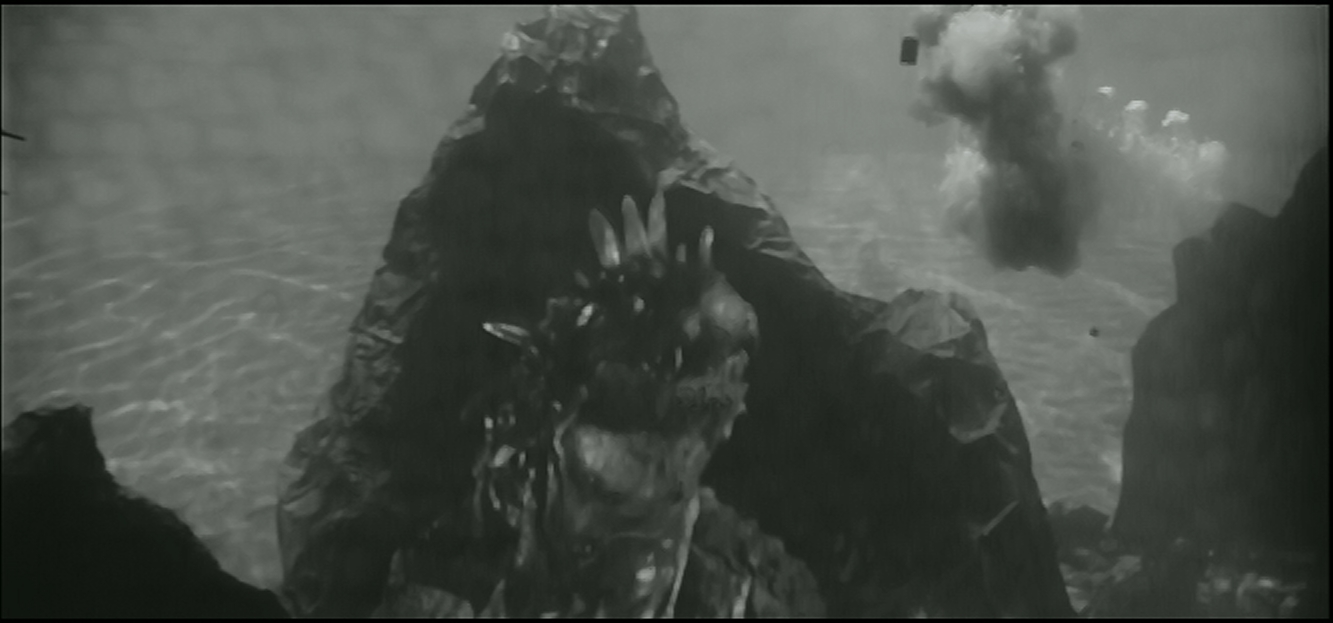
In a scene that is repeated in War of the Gargantuas, Varan makes landfall at Narita airport. The film's MacGuffin is a new type of explosive. whith they have to get Varan to eat. Since Varan likes to eat flares, the idea is hatched to get Varan to consume the explosive attached to a flare. Varan wanders into the ocean to die.
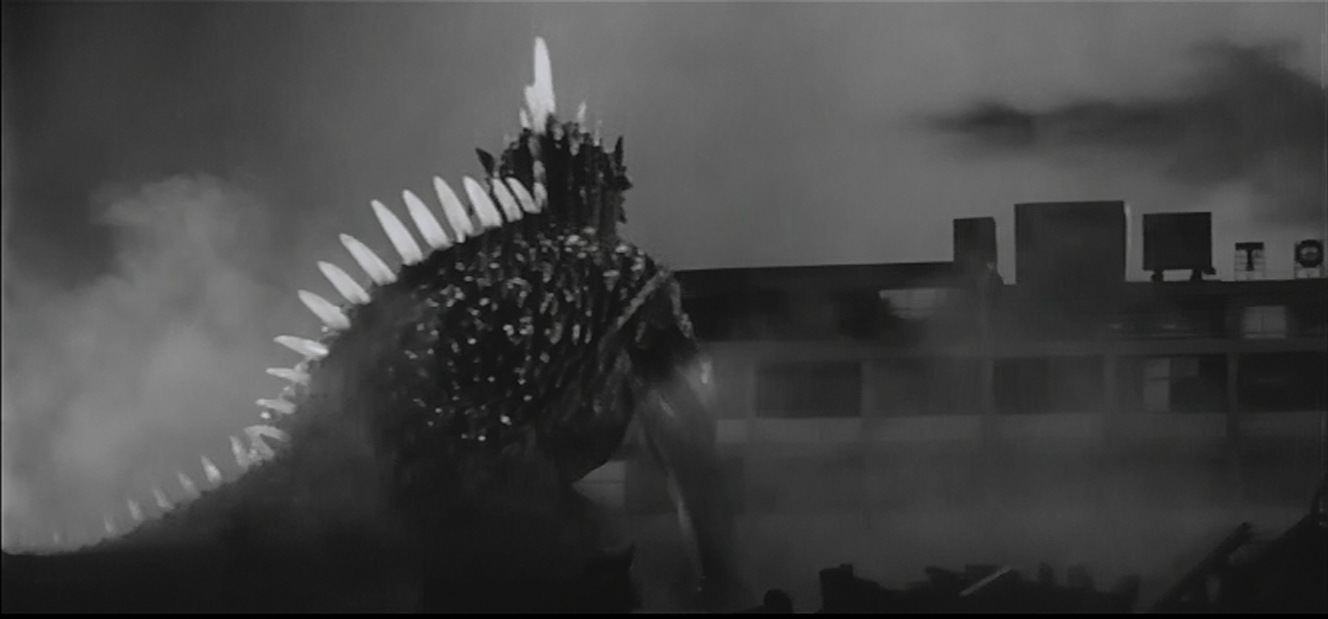
Varan comes with a lot of baggage, as mentioned at the beginning of this blog entry. It's not the most stellar kaiju film ever, but it's a very good film taken on its own terms. Despite the cheapness of the production, Varan's rampage is pretty good. The scrips is pretty sharp, delivering some very subtle humoe and awareness of the genre in which it operates. So there's a charm to the human side of the story. Very worth watching if you are interested in the development of kaiju film, and want to see a focal point where sort of stories told in these films changed. There's also an American version of the film. None of this paragraph applies to it.
Next up, a giant monster more unlikely than anything Gamera ever fought.
